TYT ELECTRONICS MD380V DMR User Manual ID 123
TYT ELECTRONICS CO., LTD DMR ID 123
Users Manual
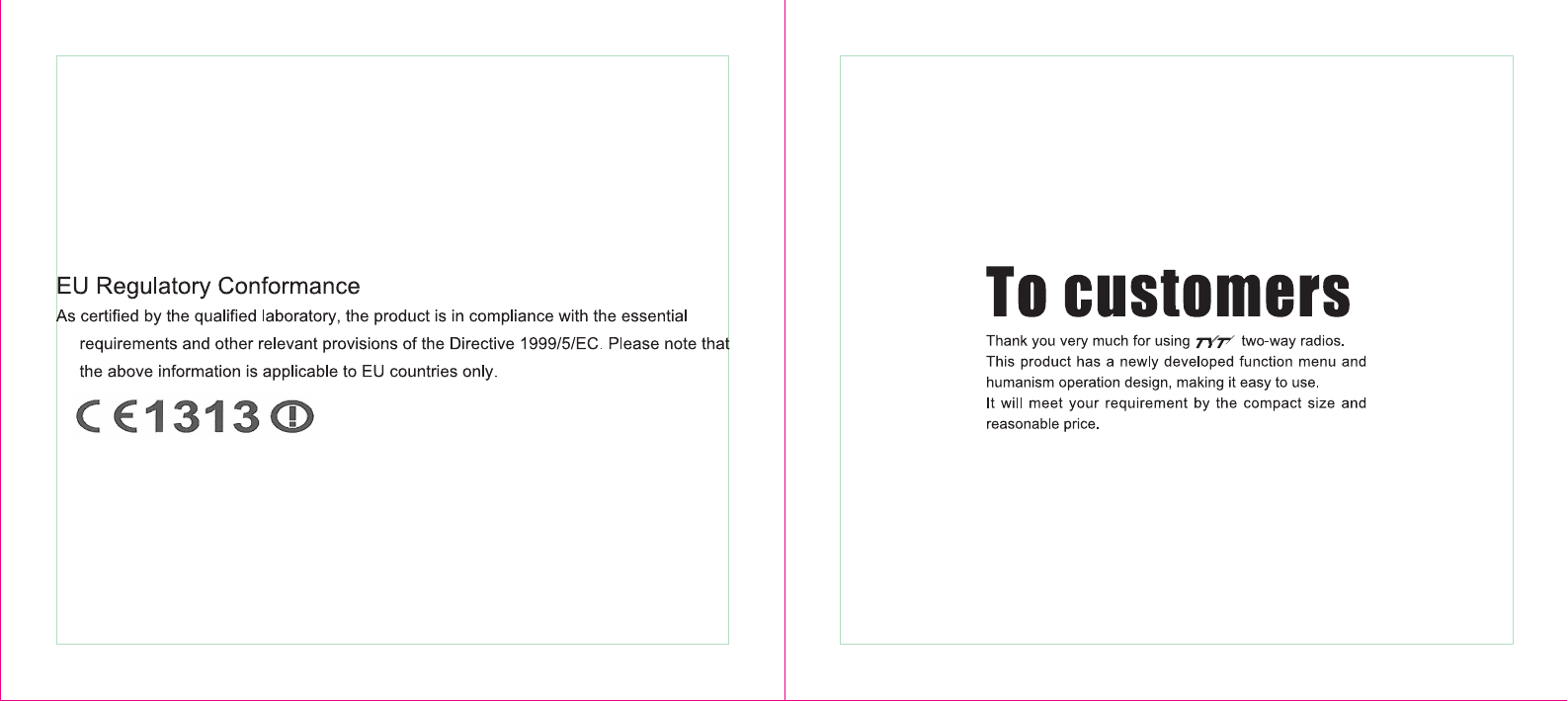
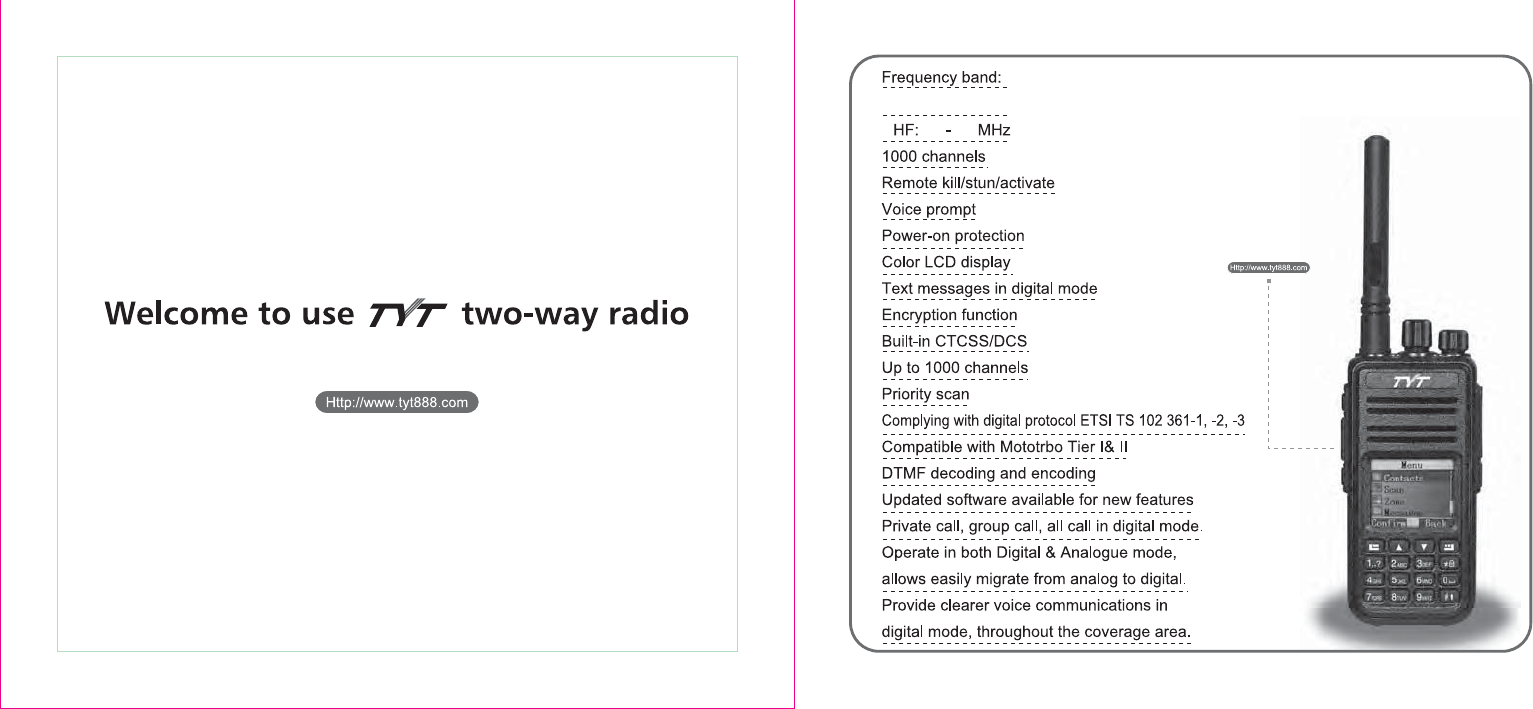
136 174
V
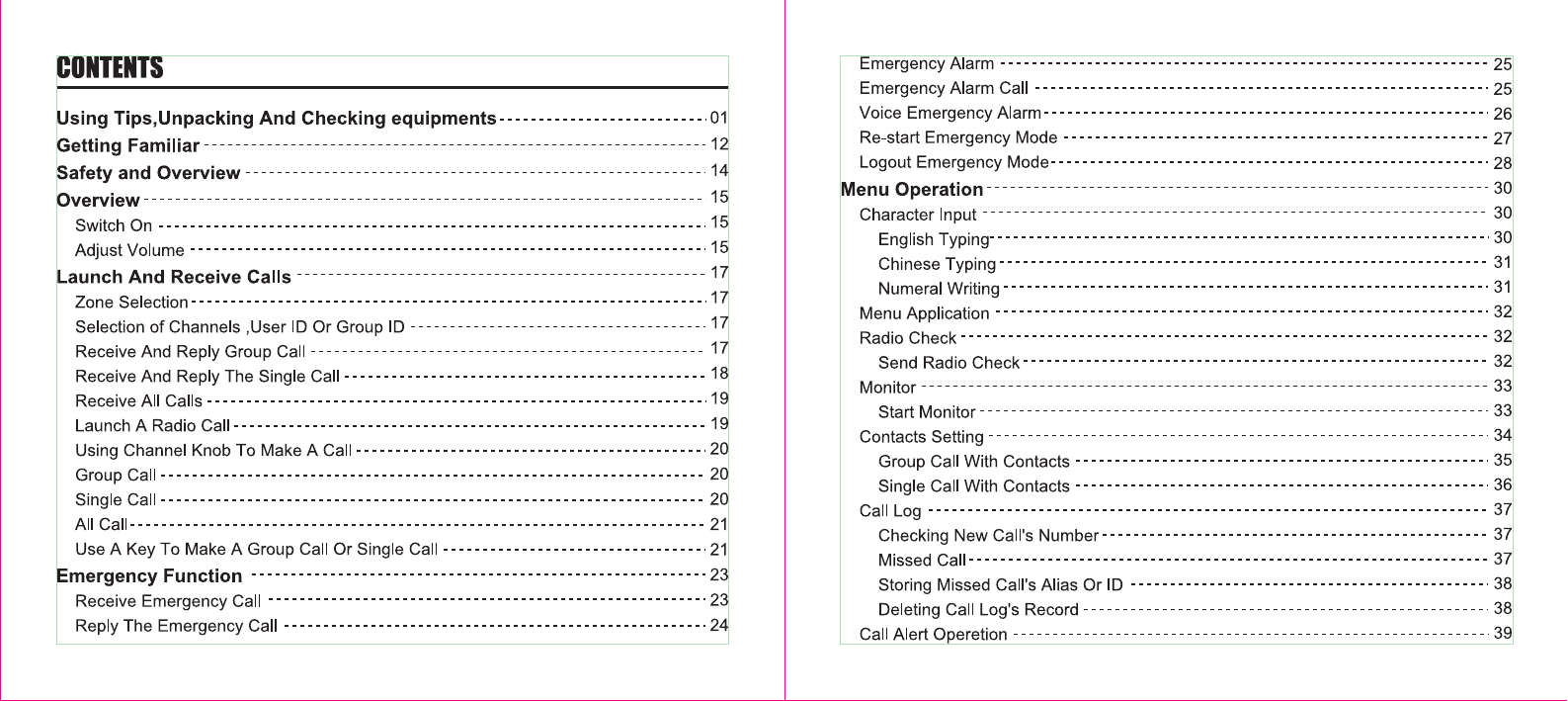
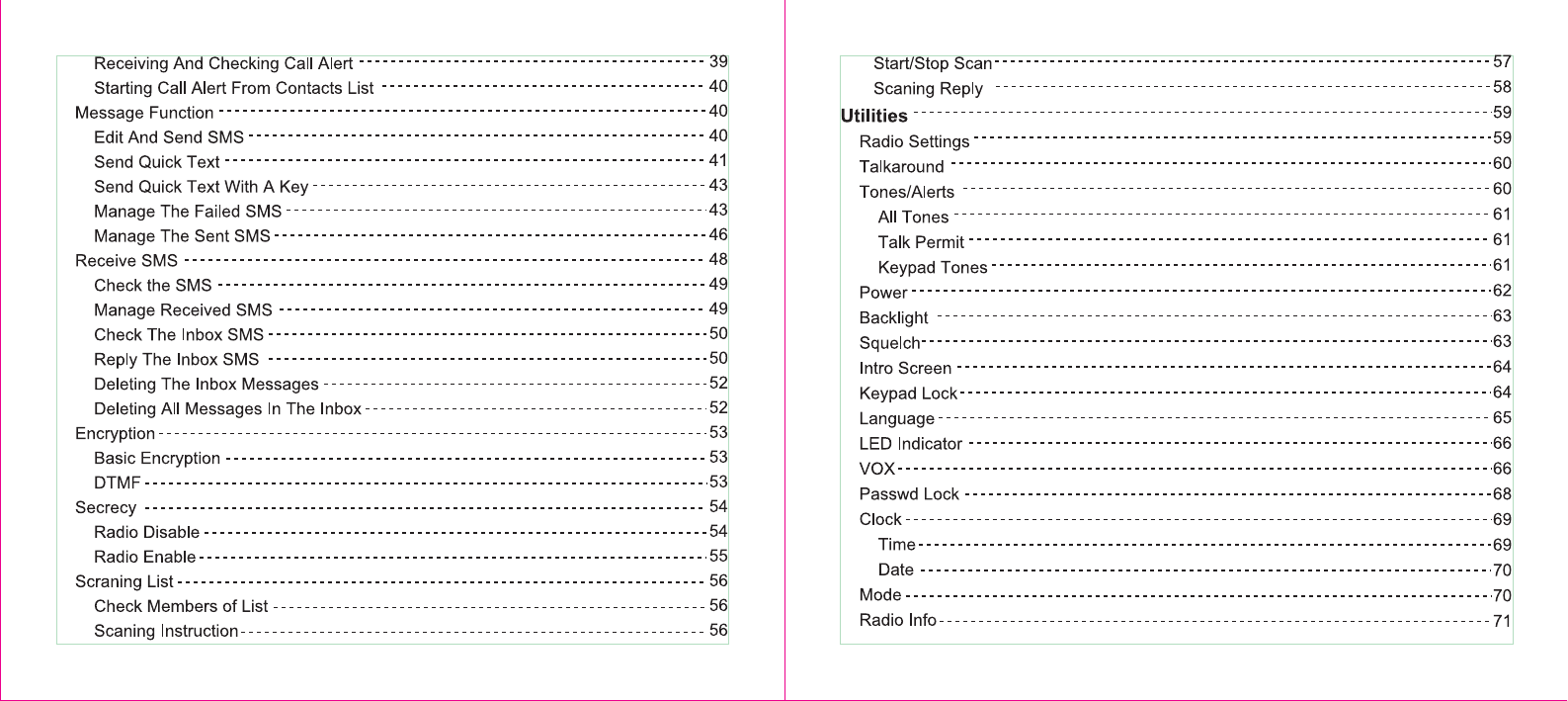
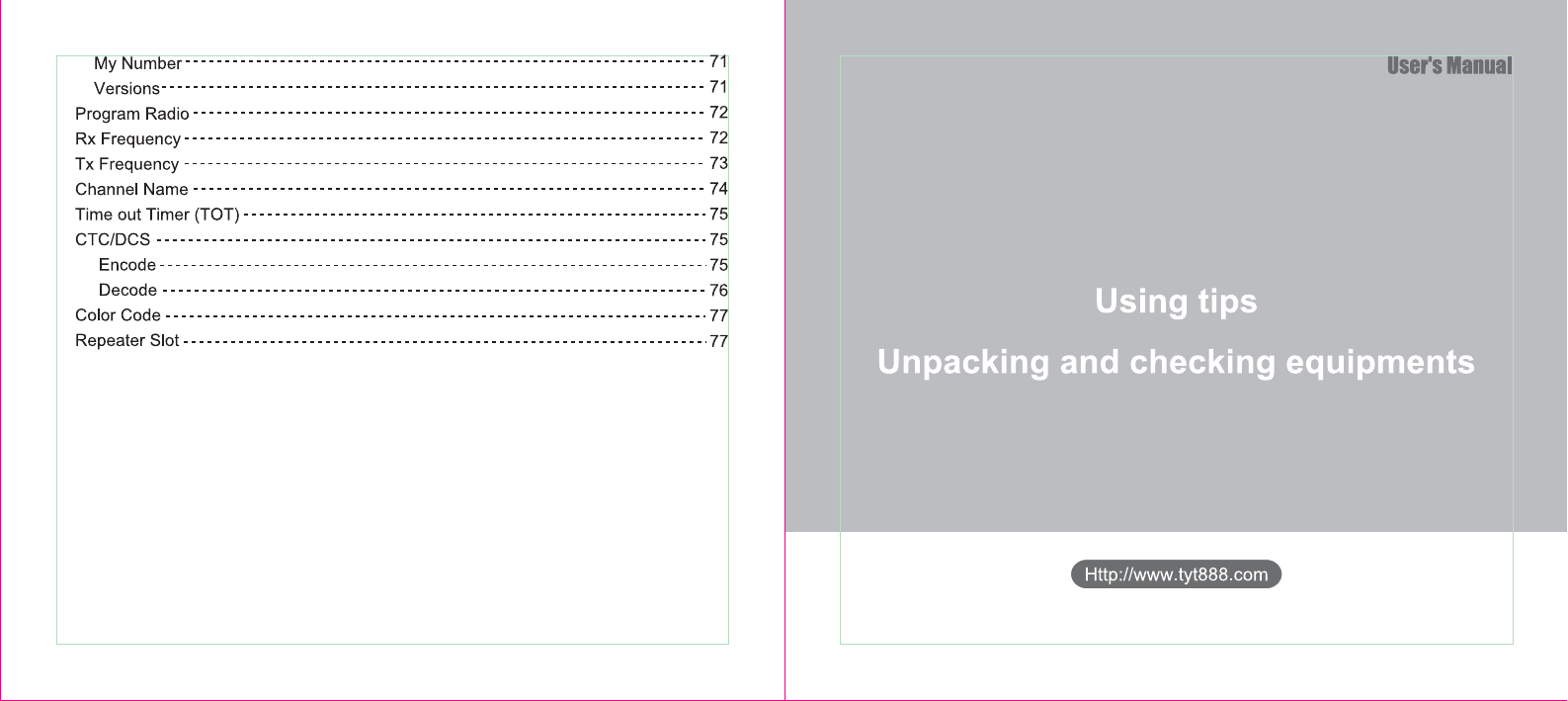
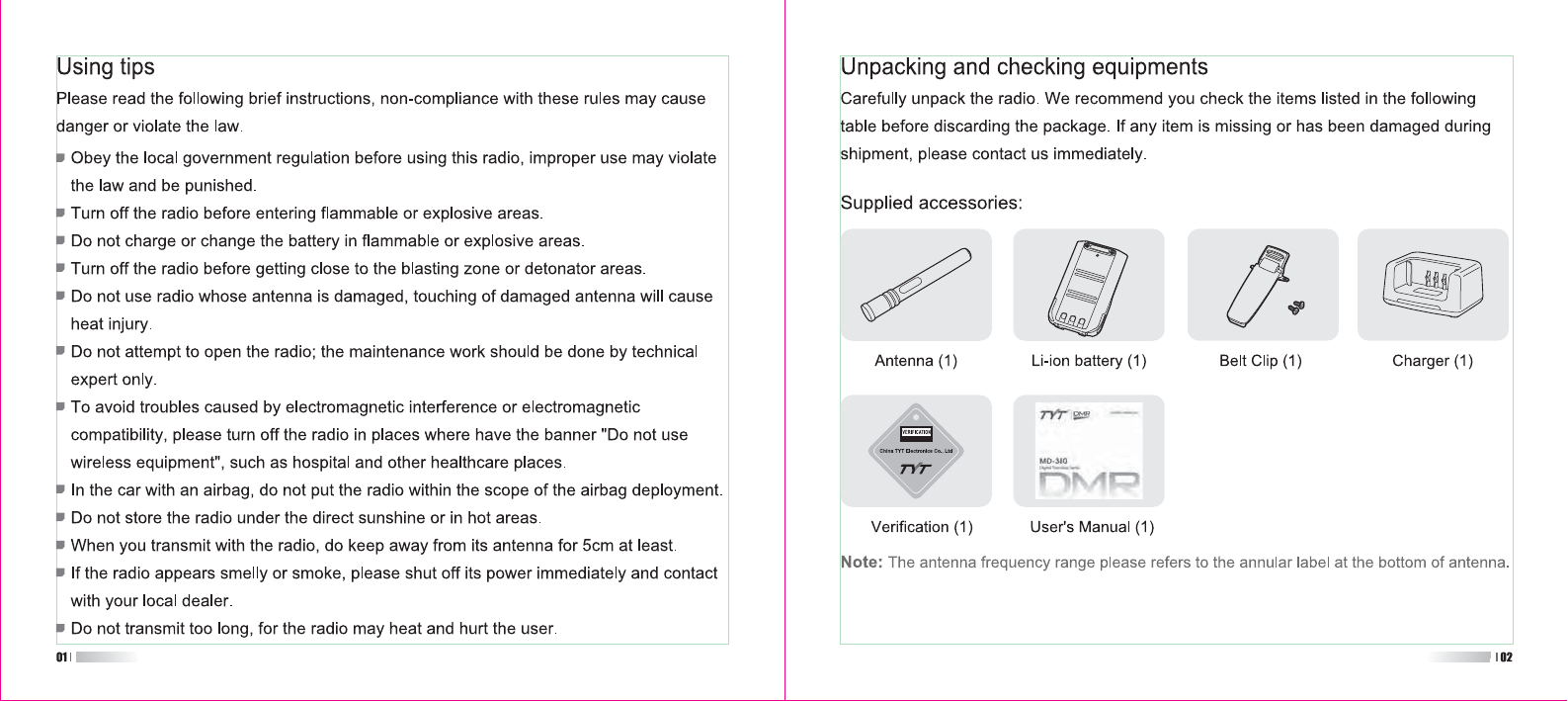
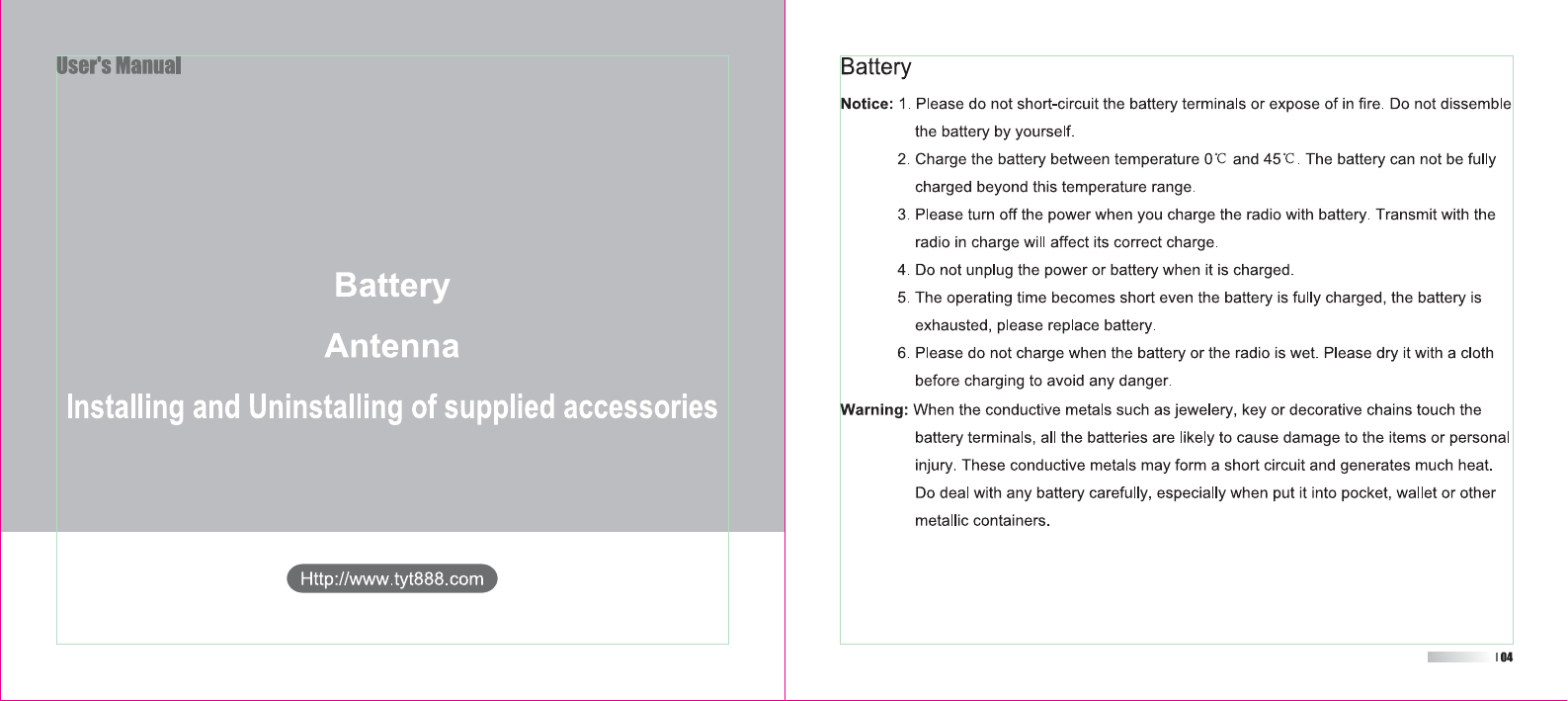
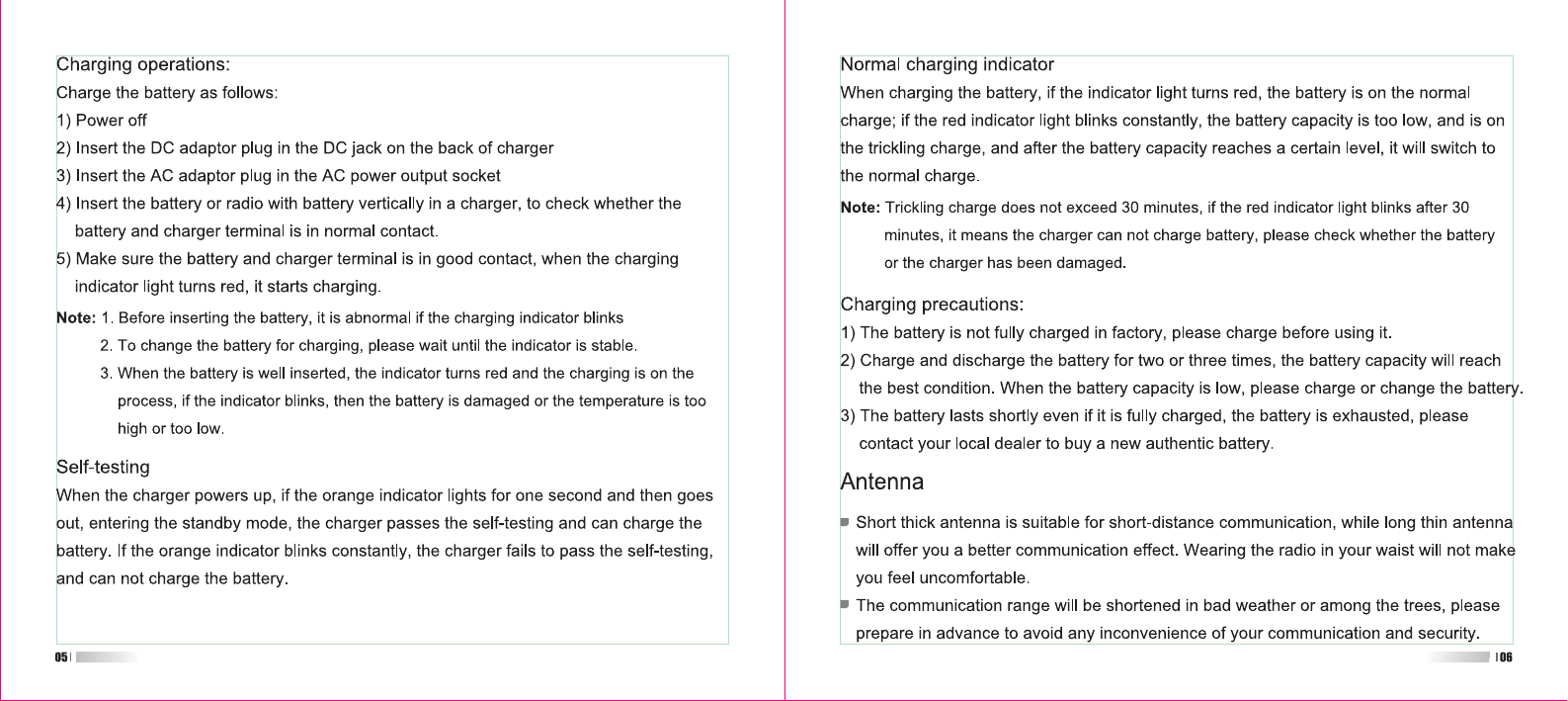
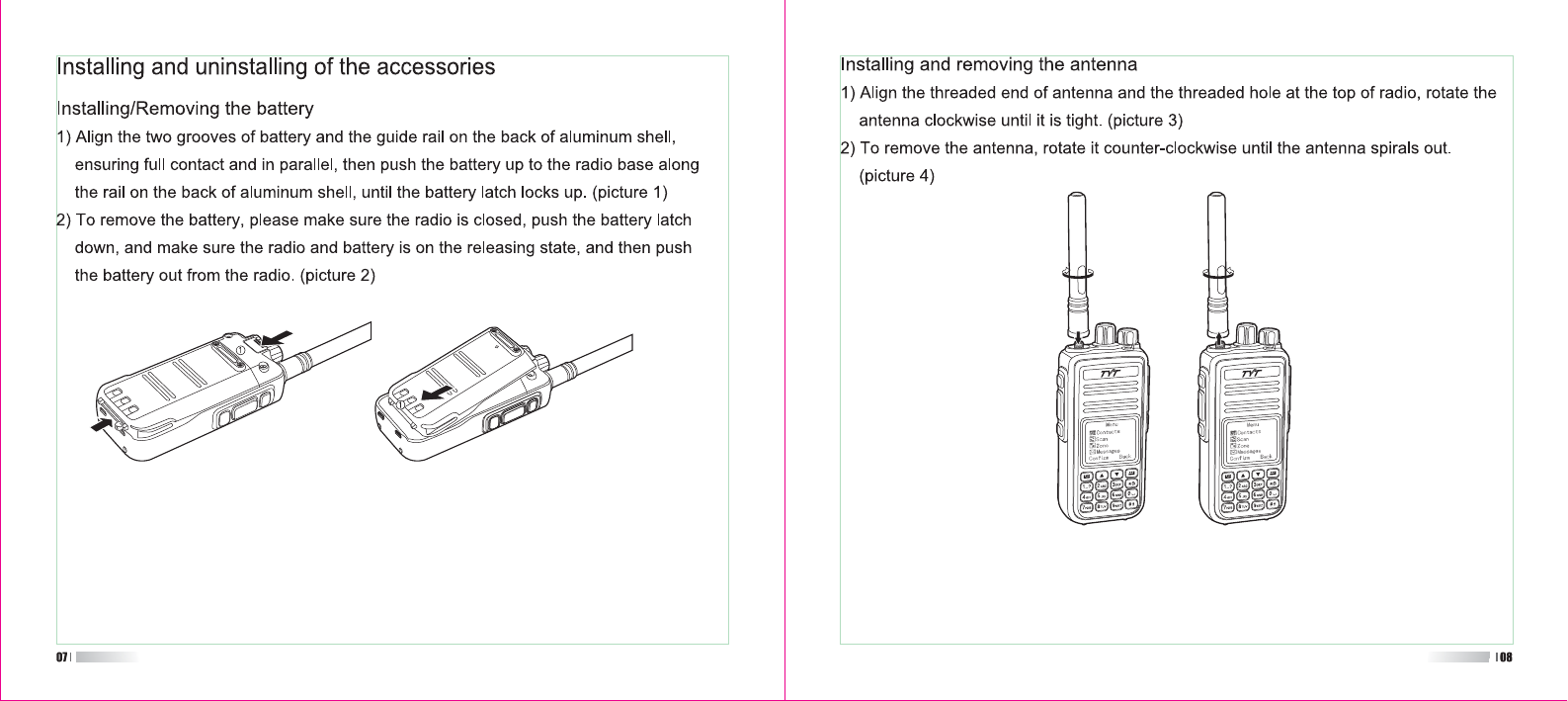
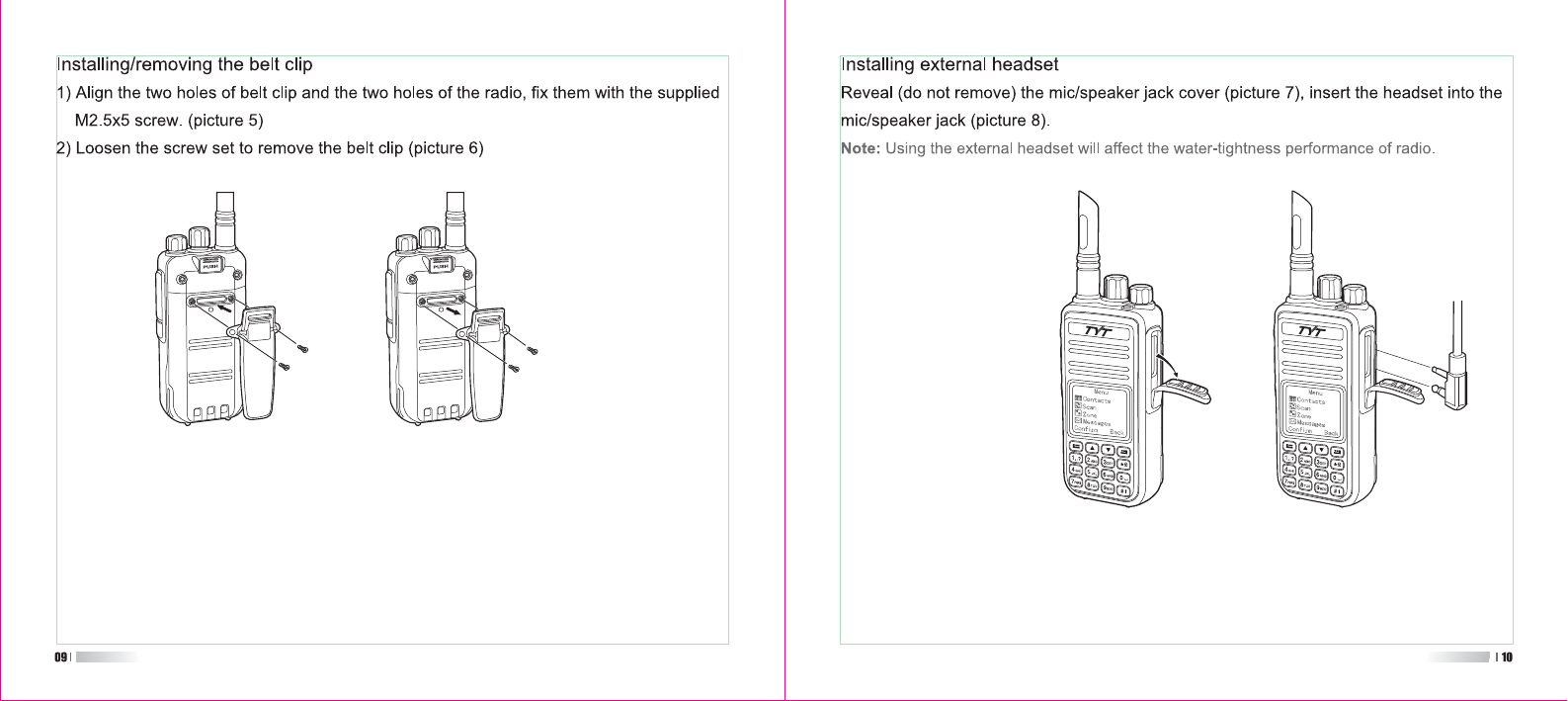
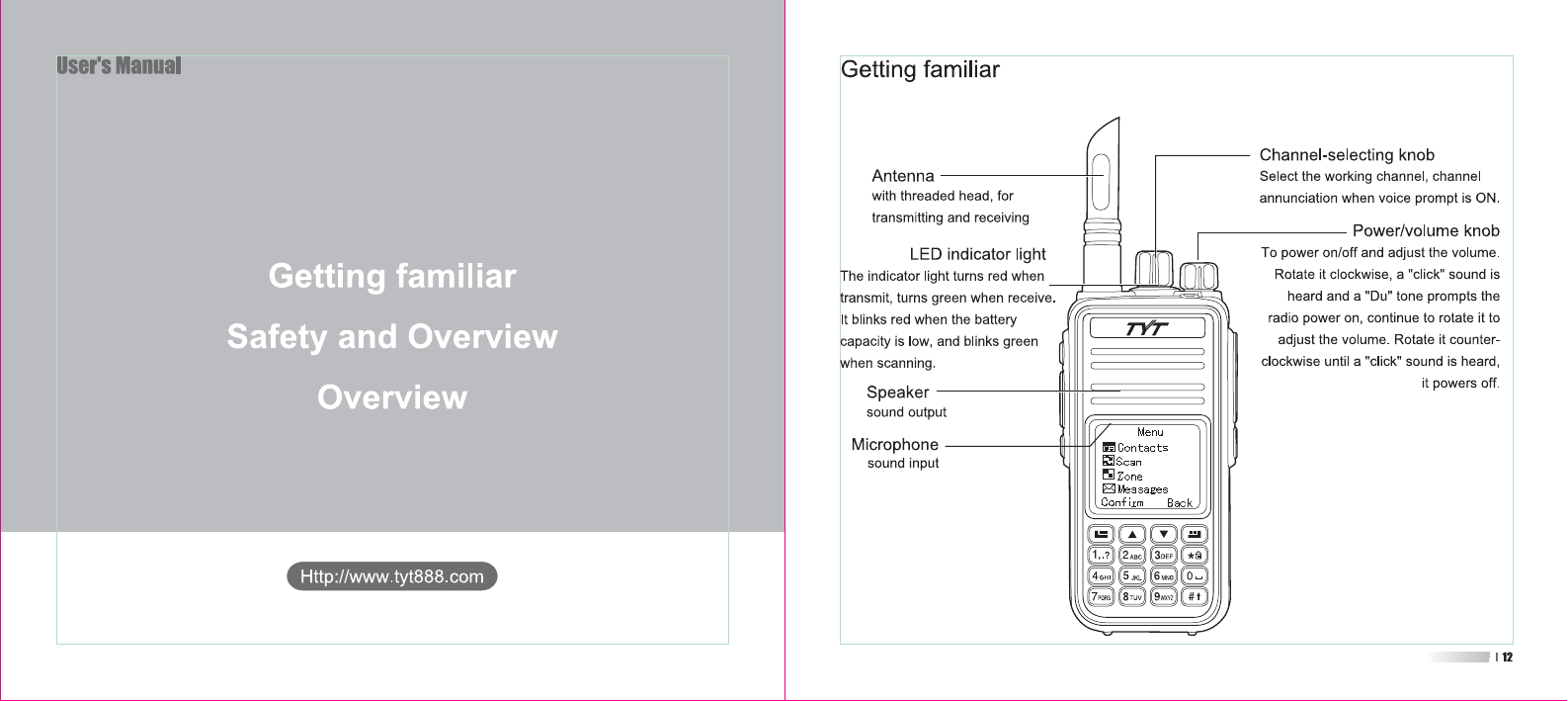
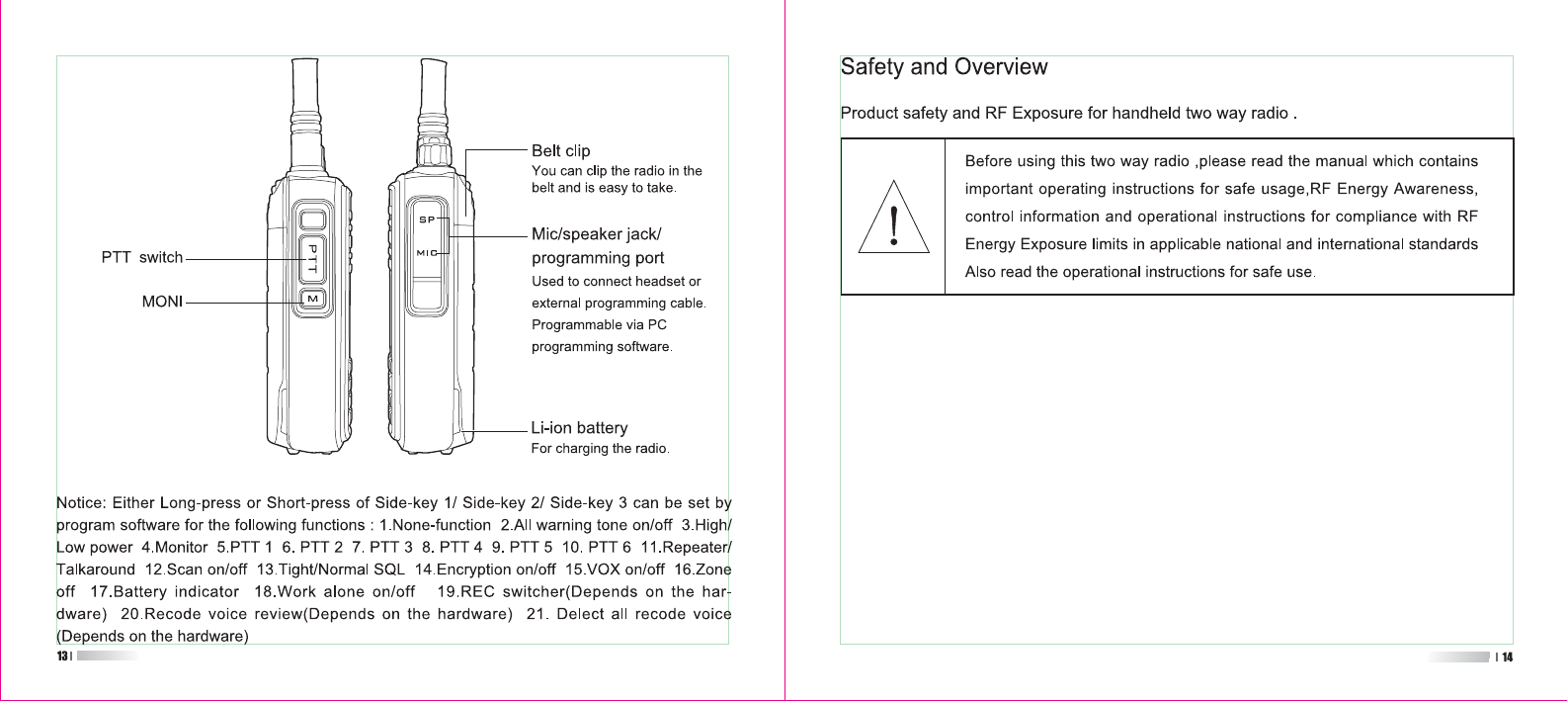
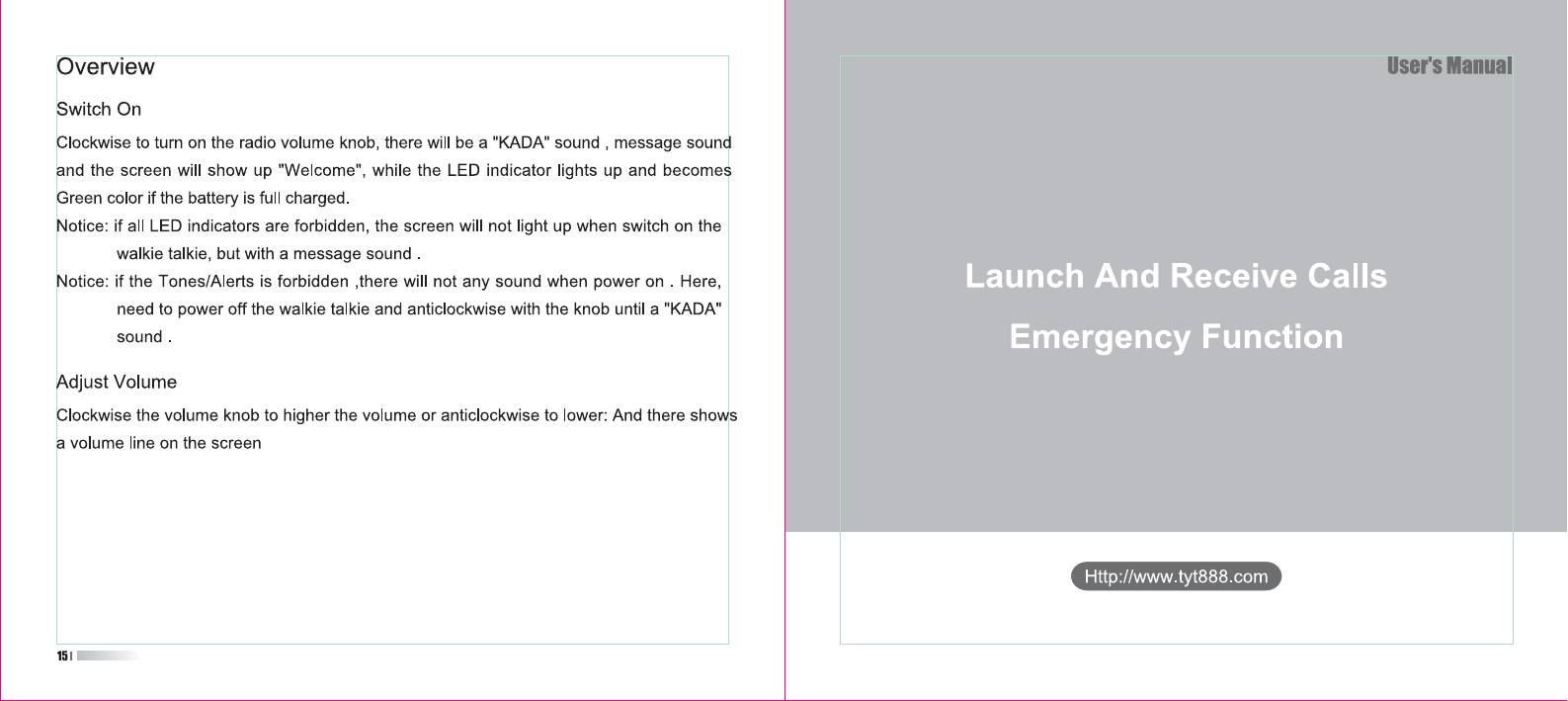
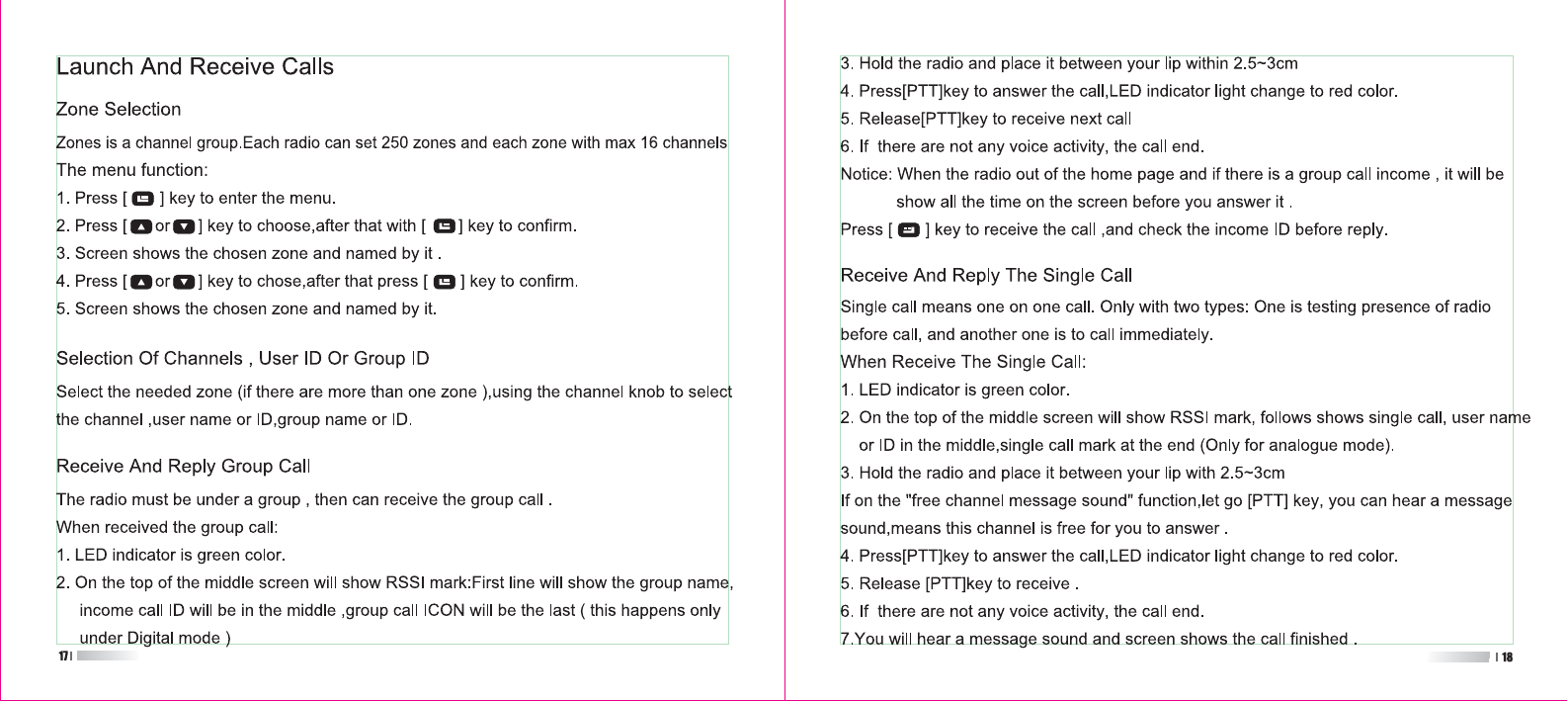
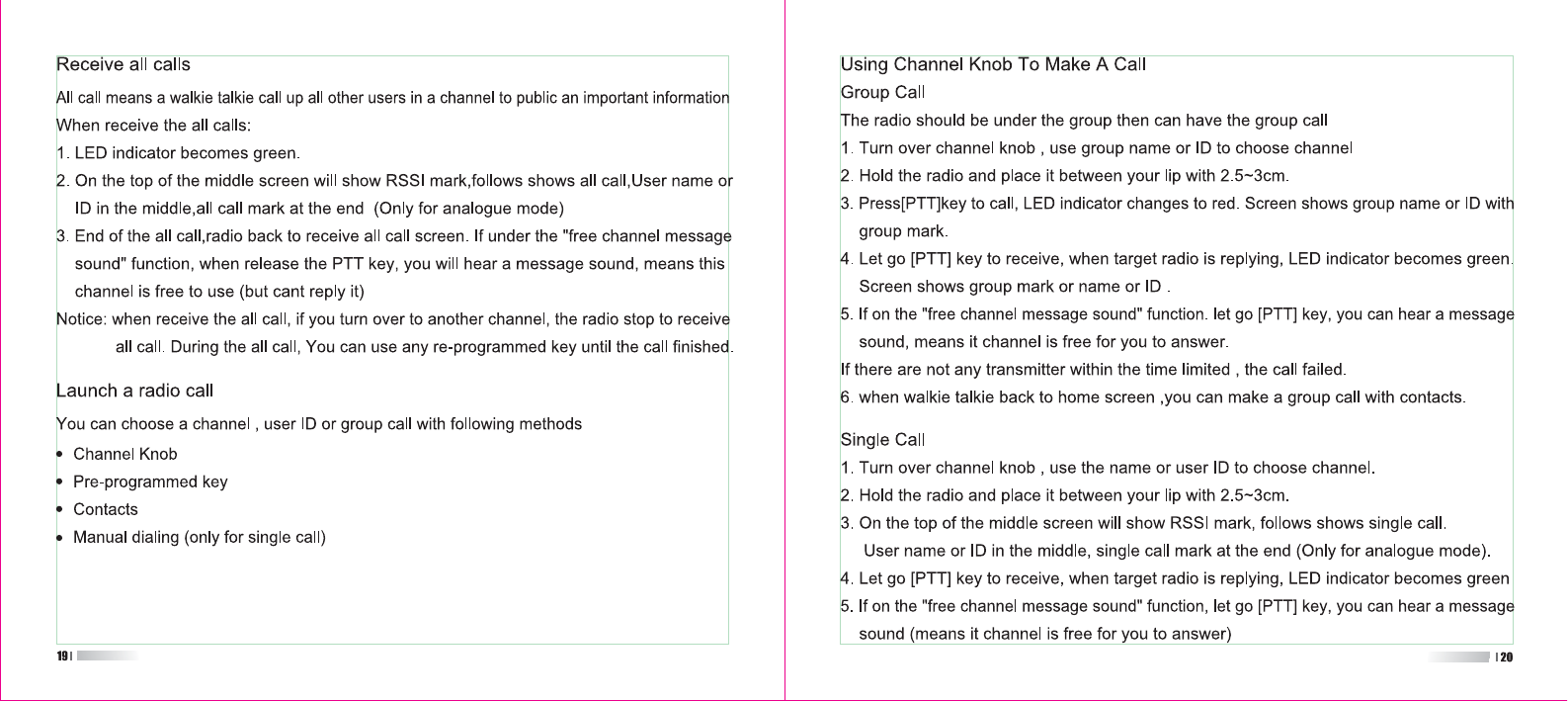
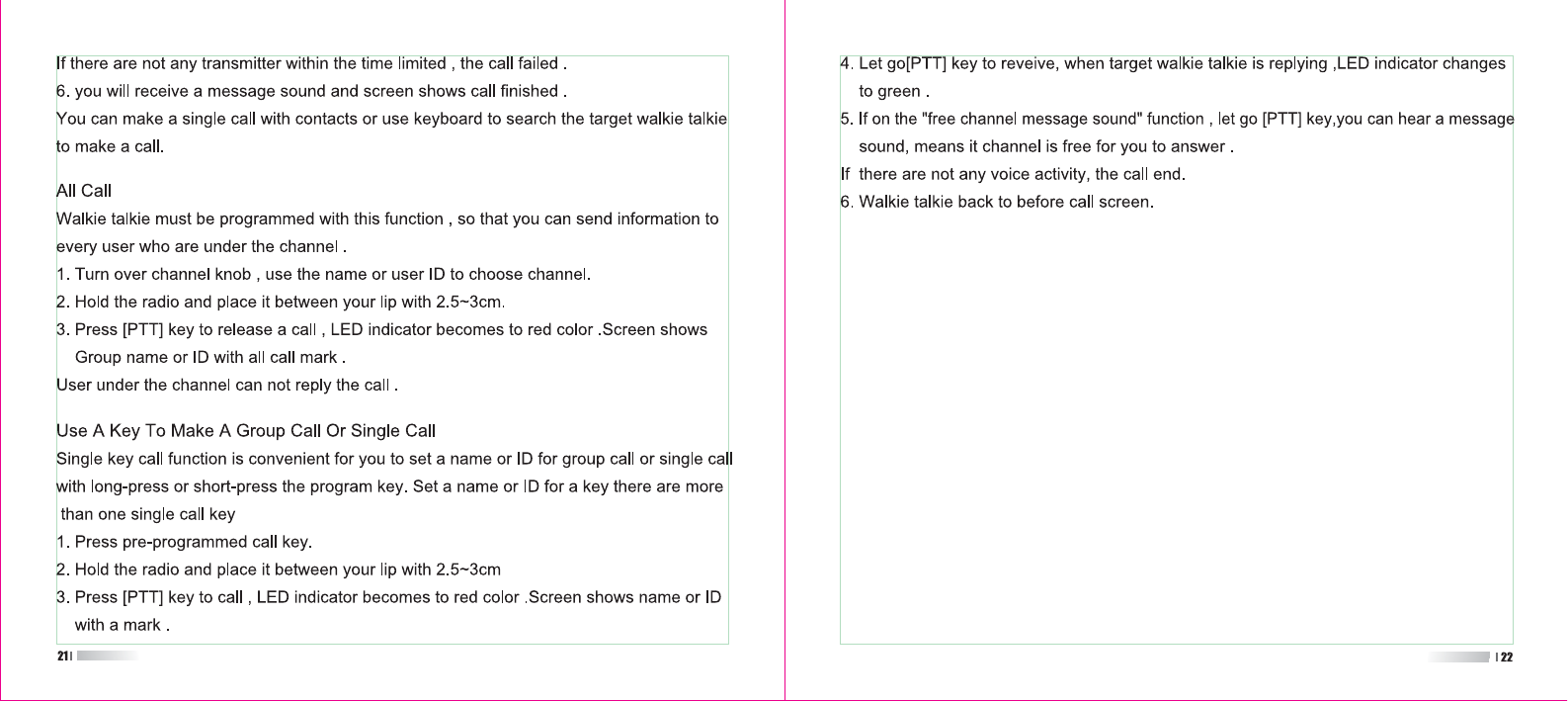
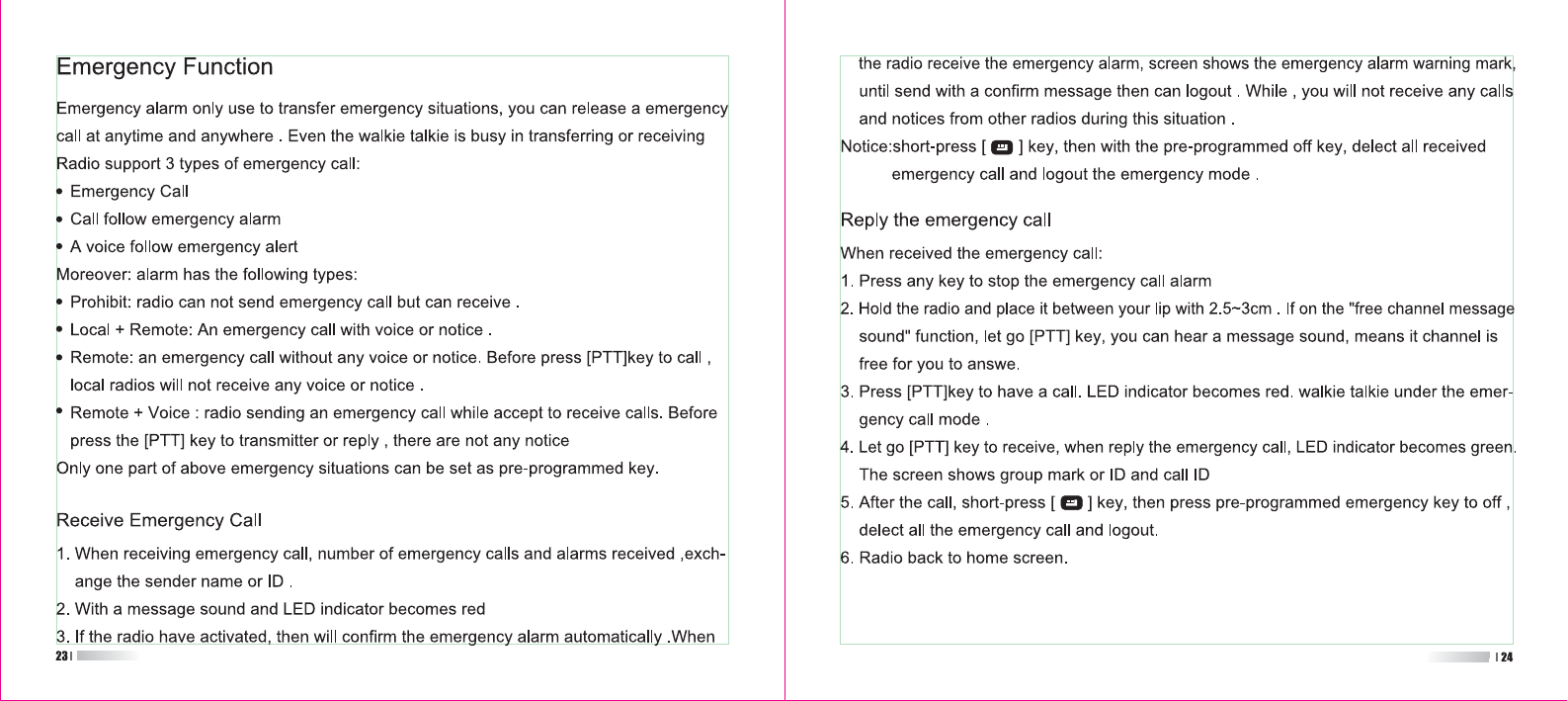
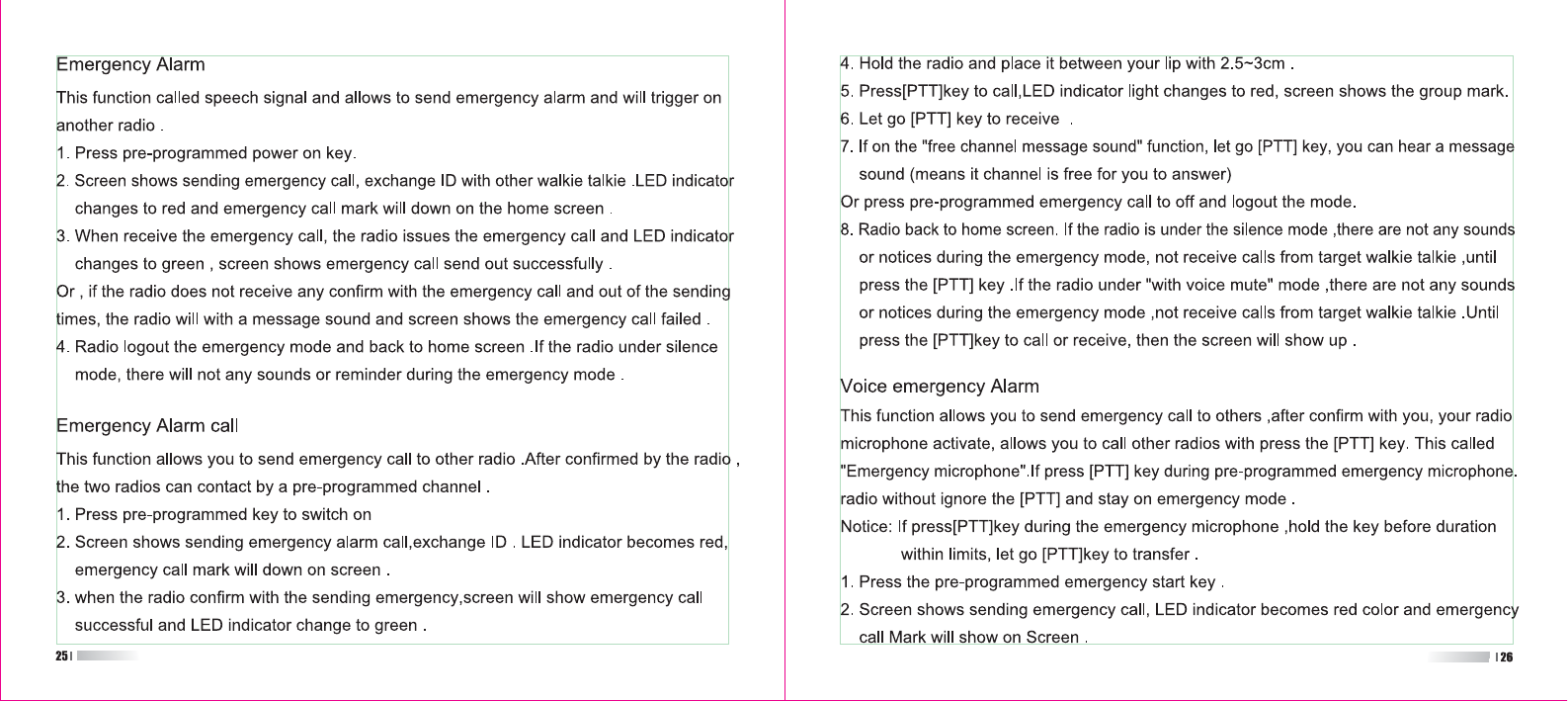
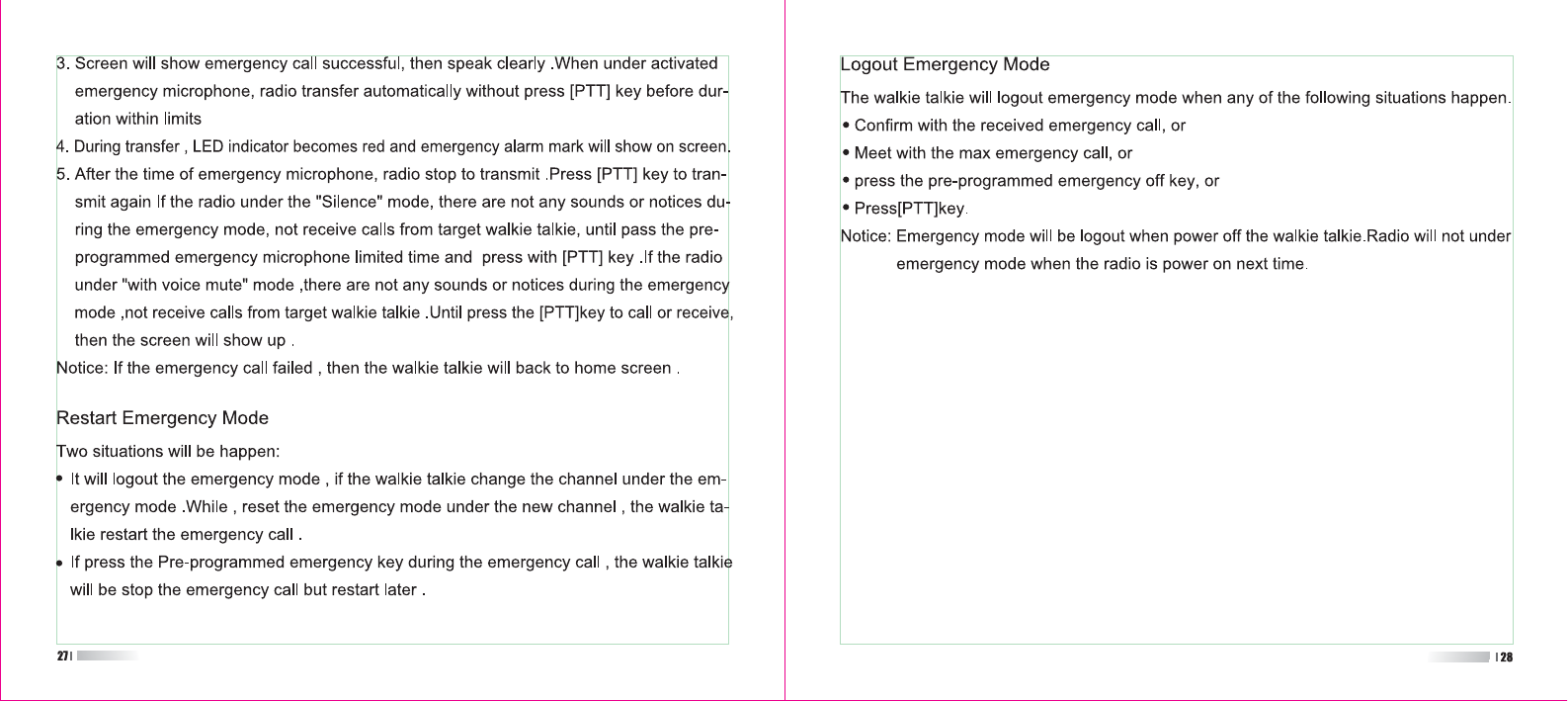
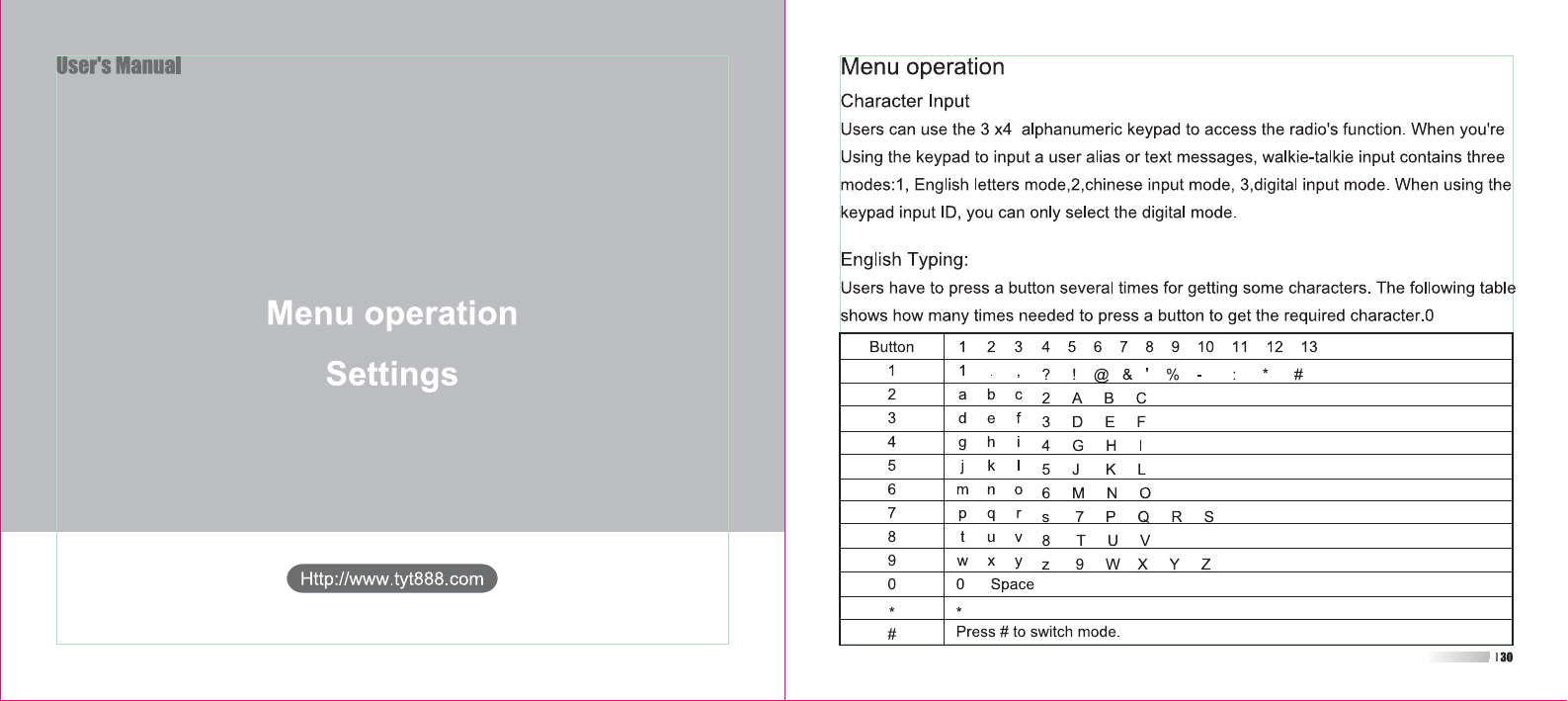
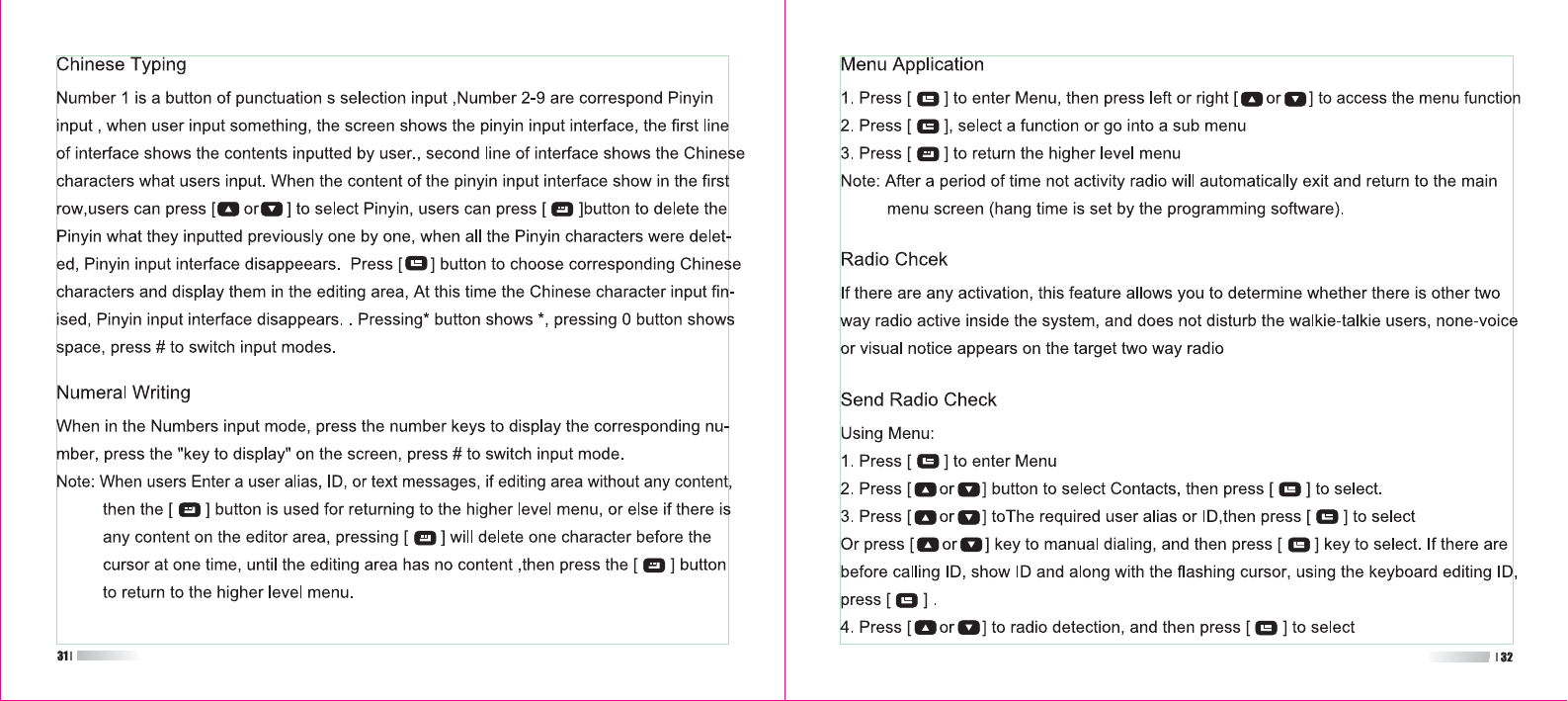
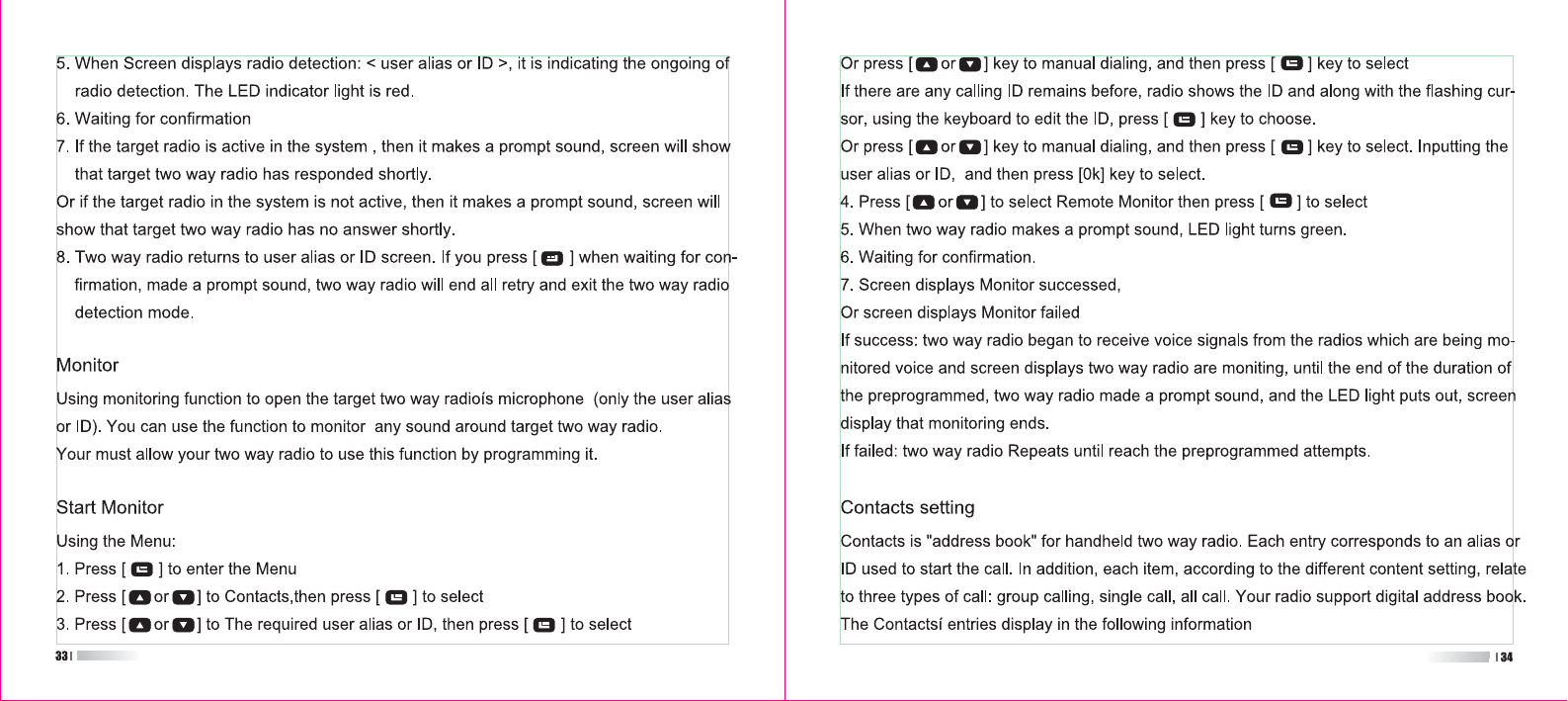
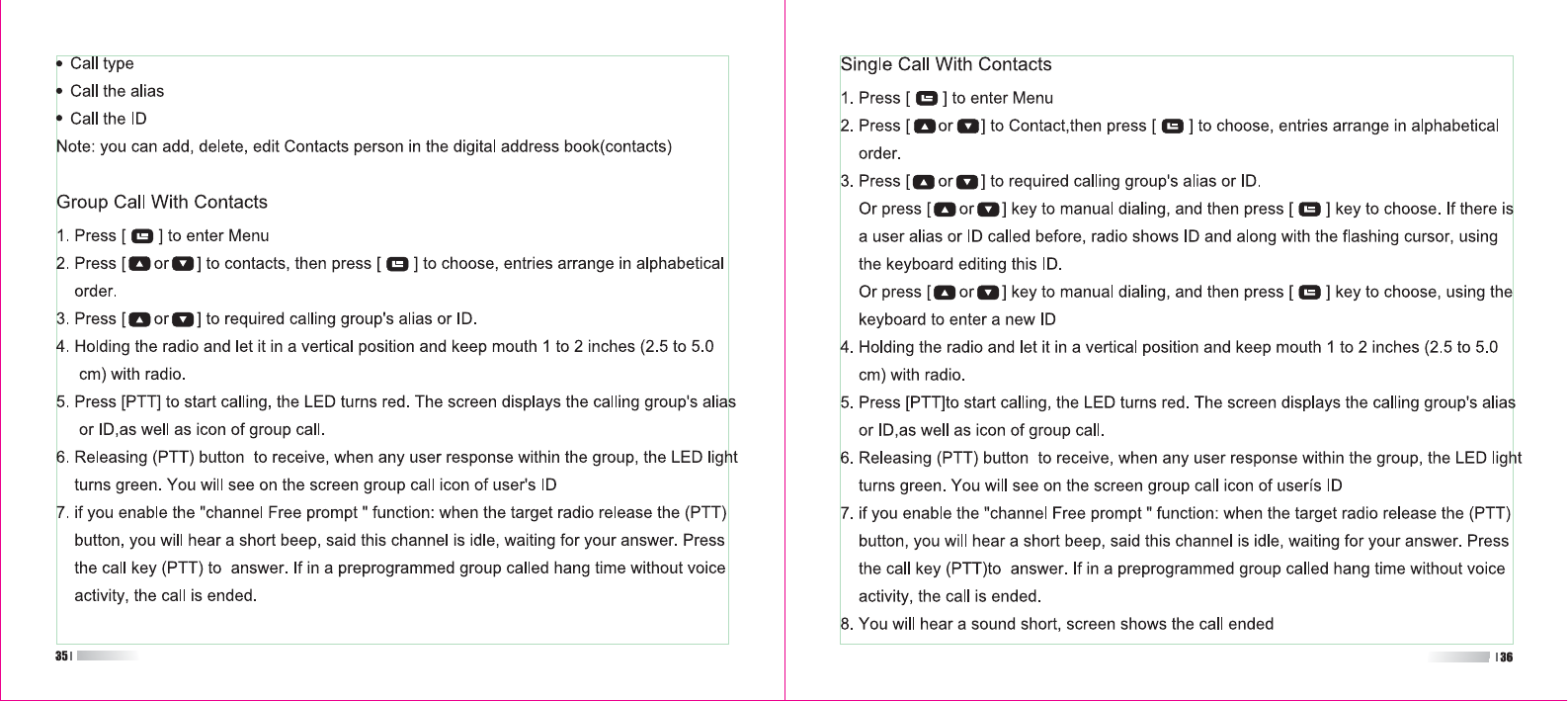
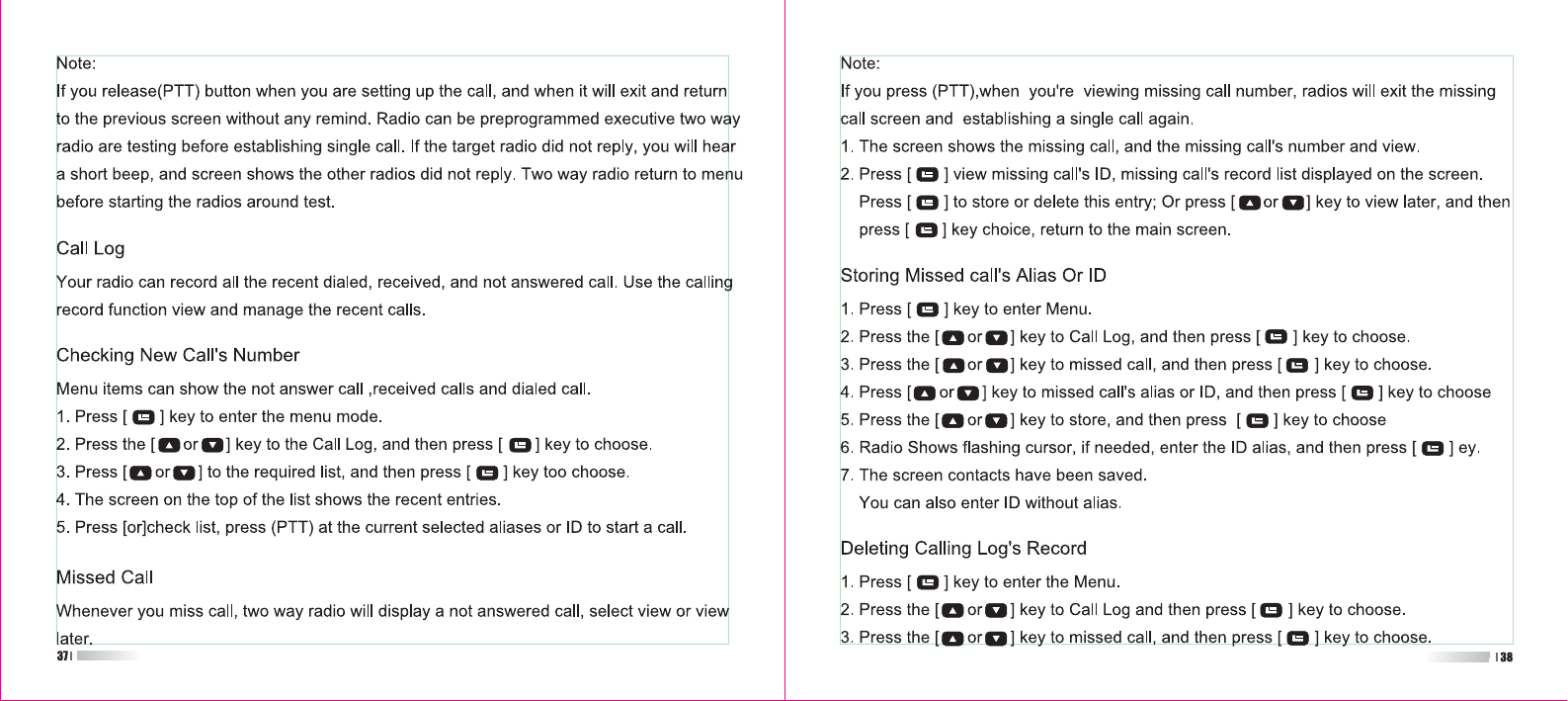
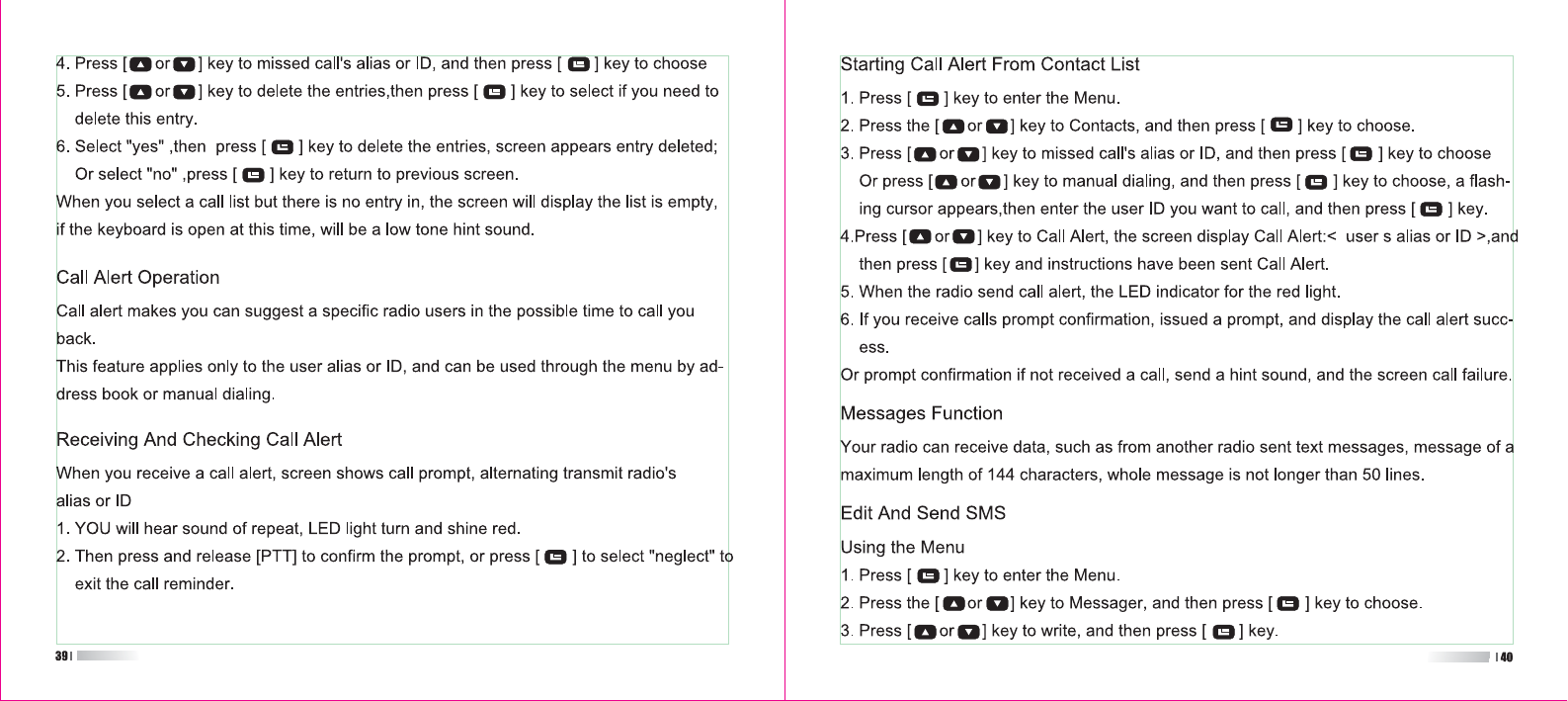
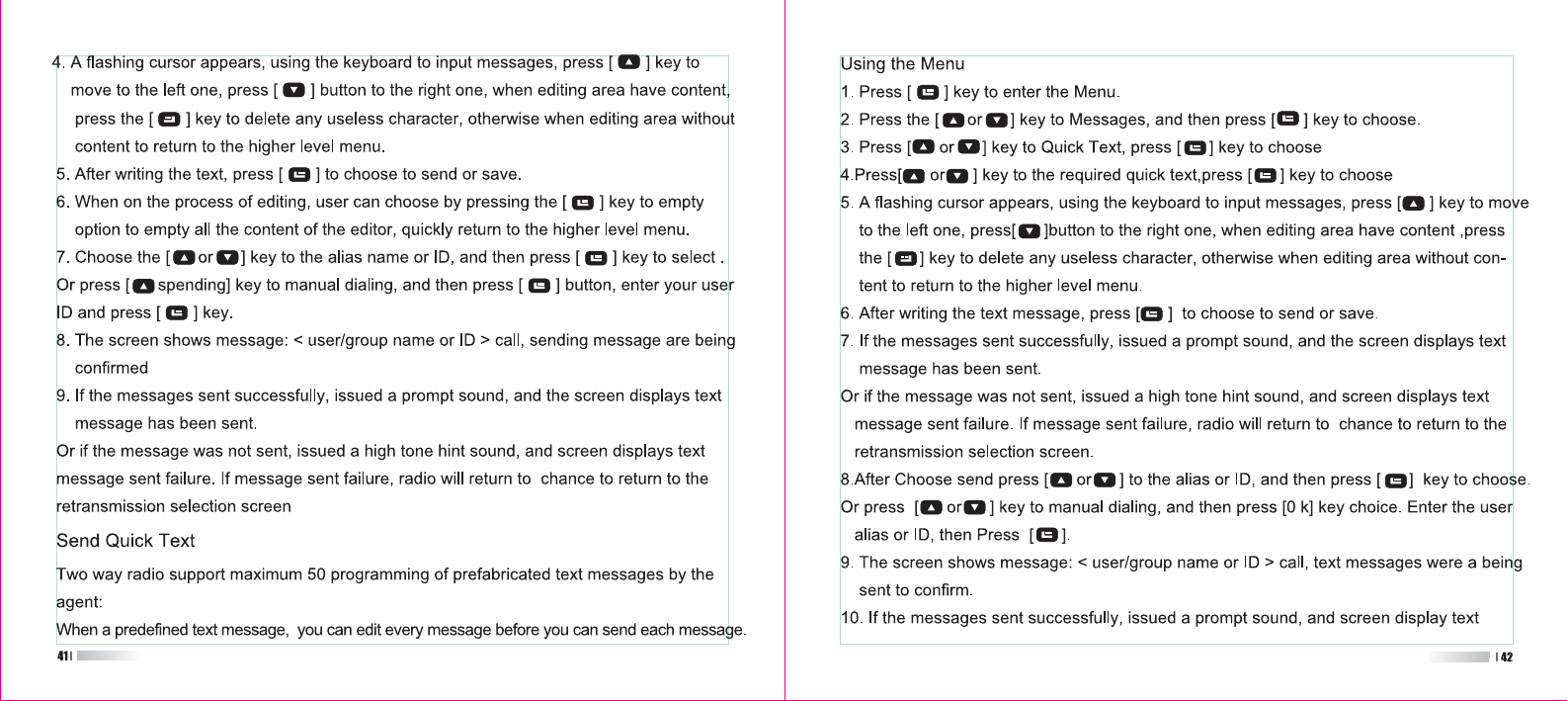
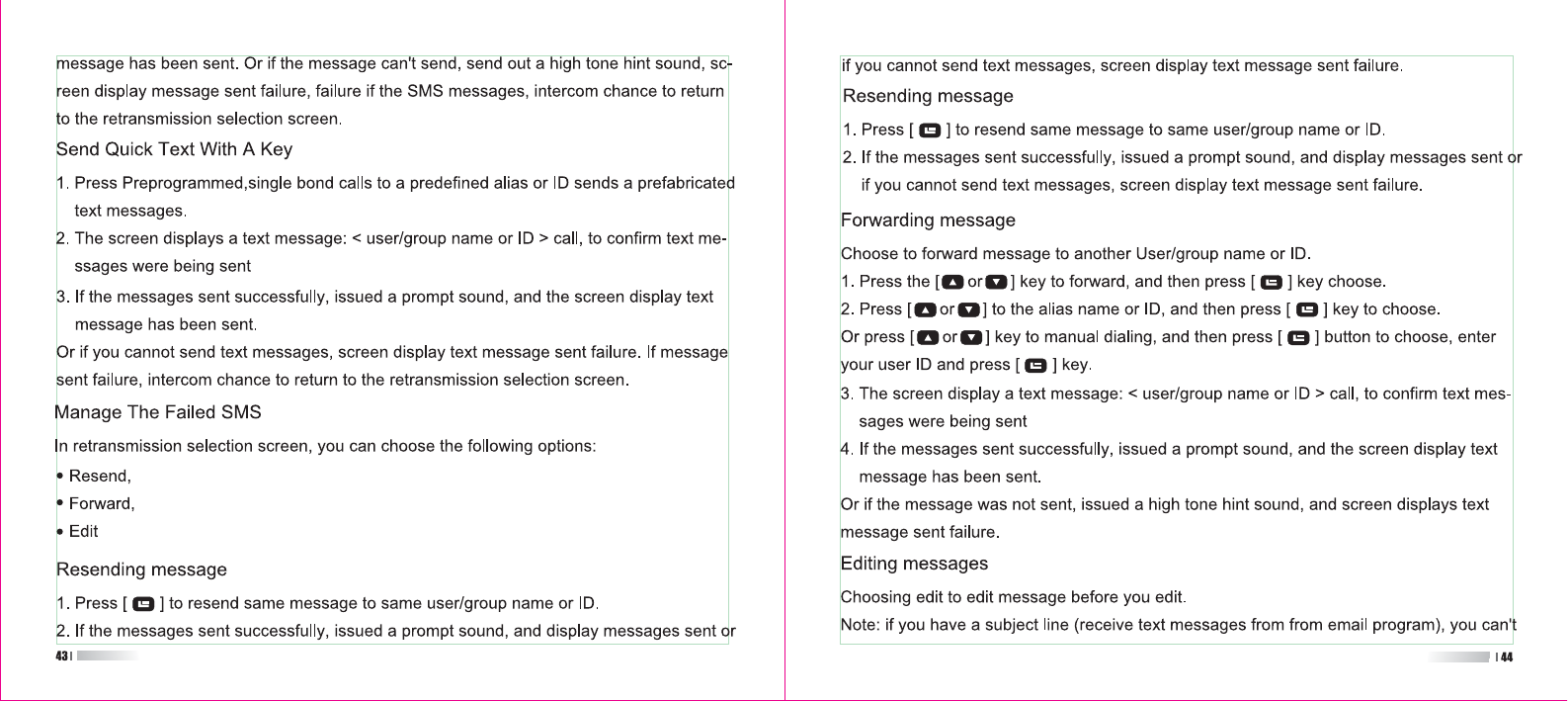
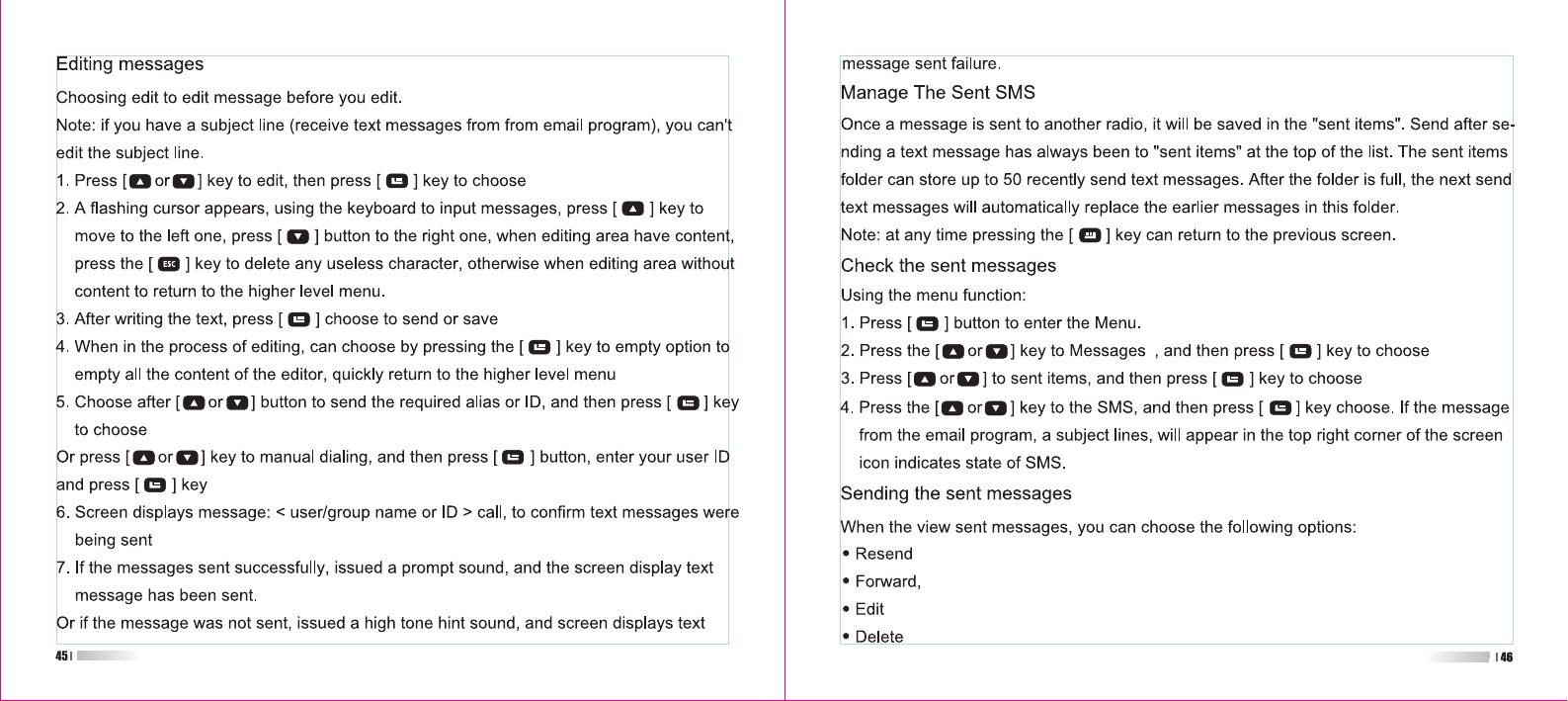
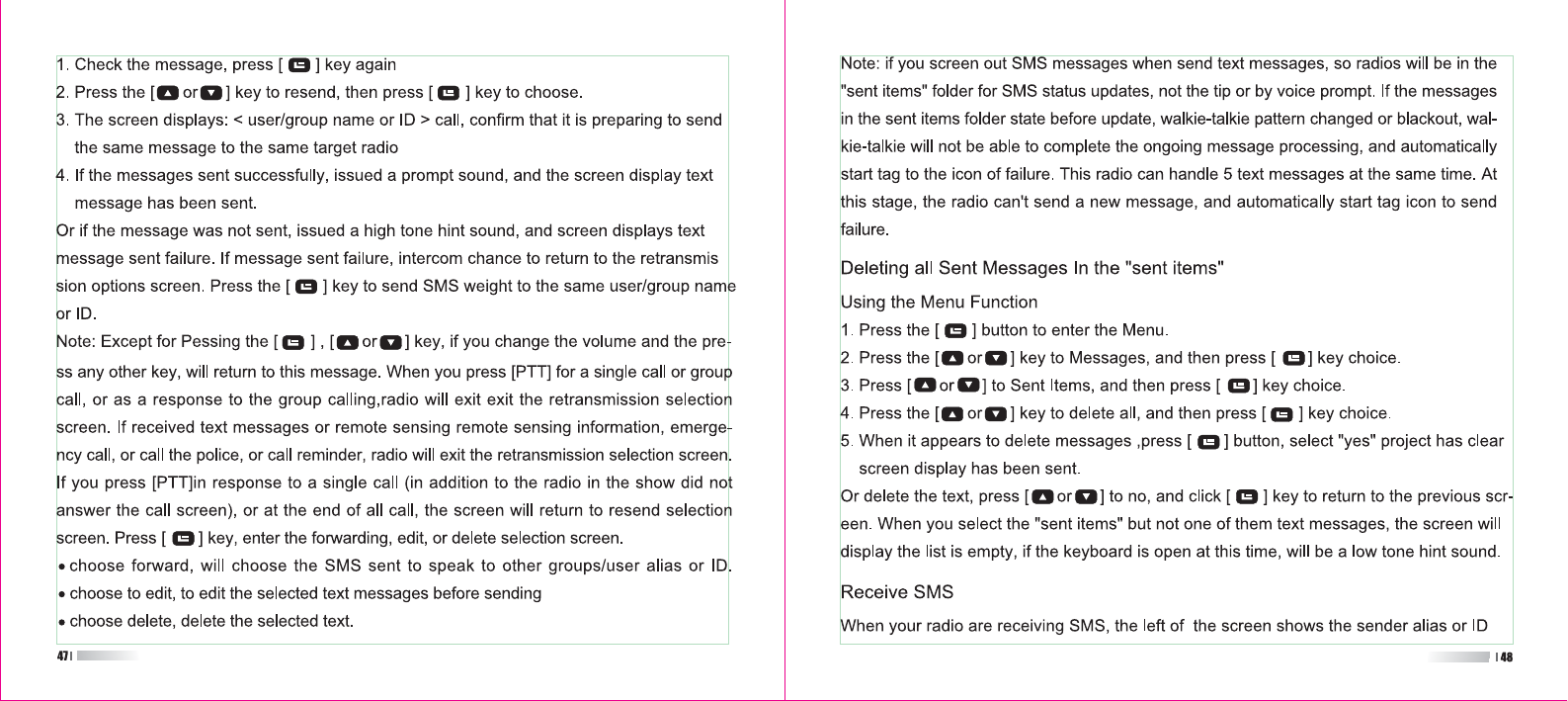
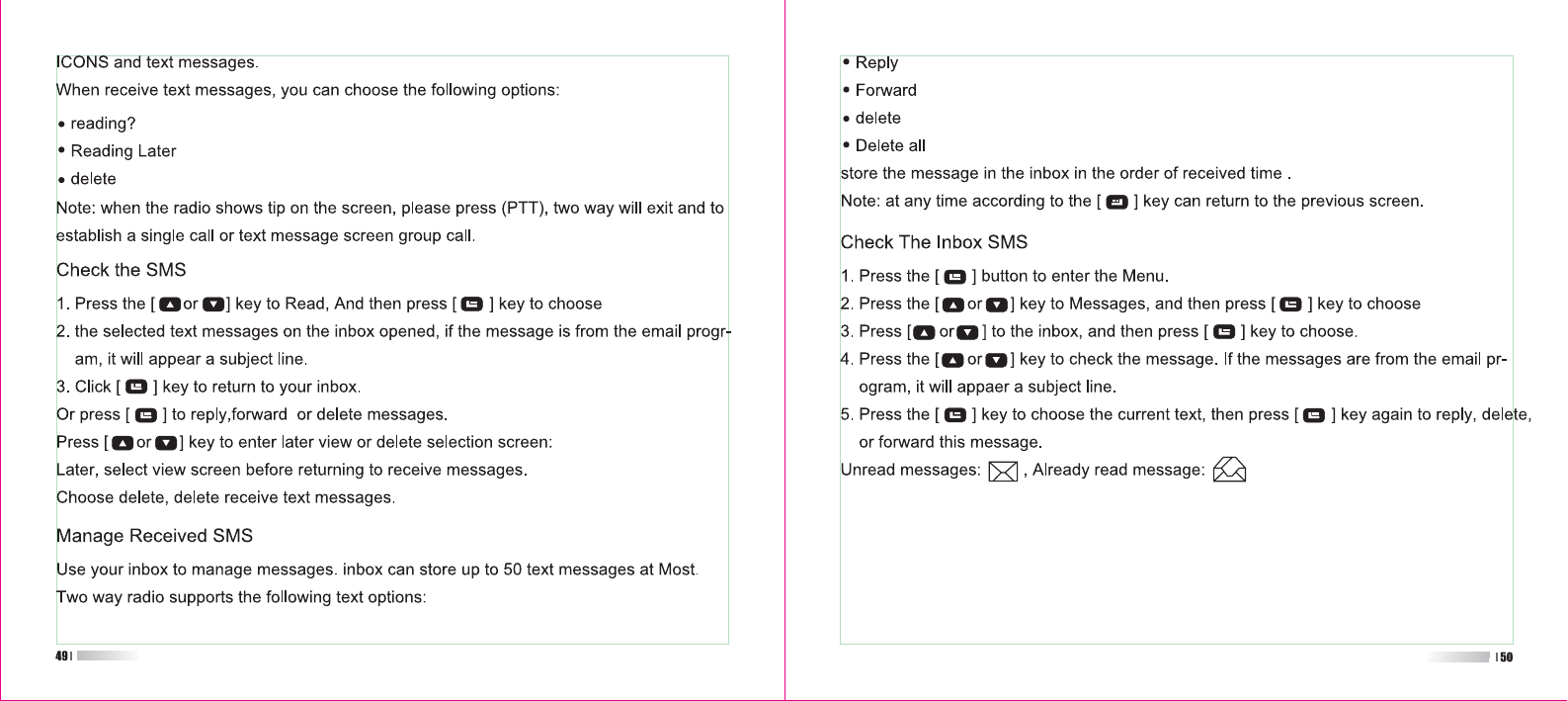
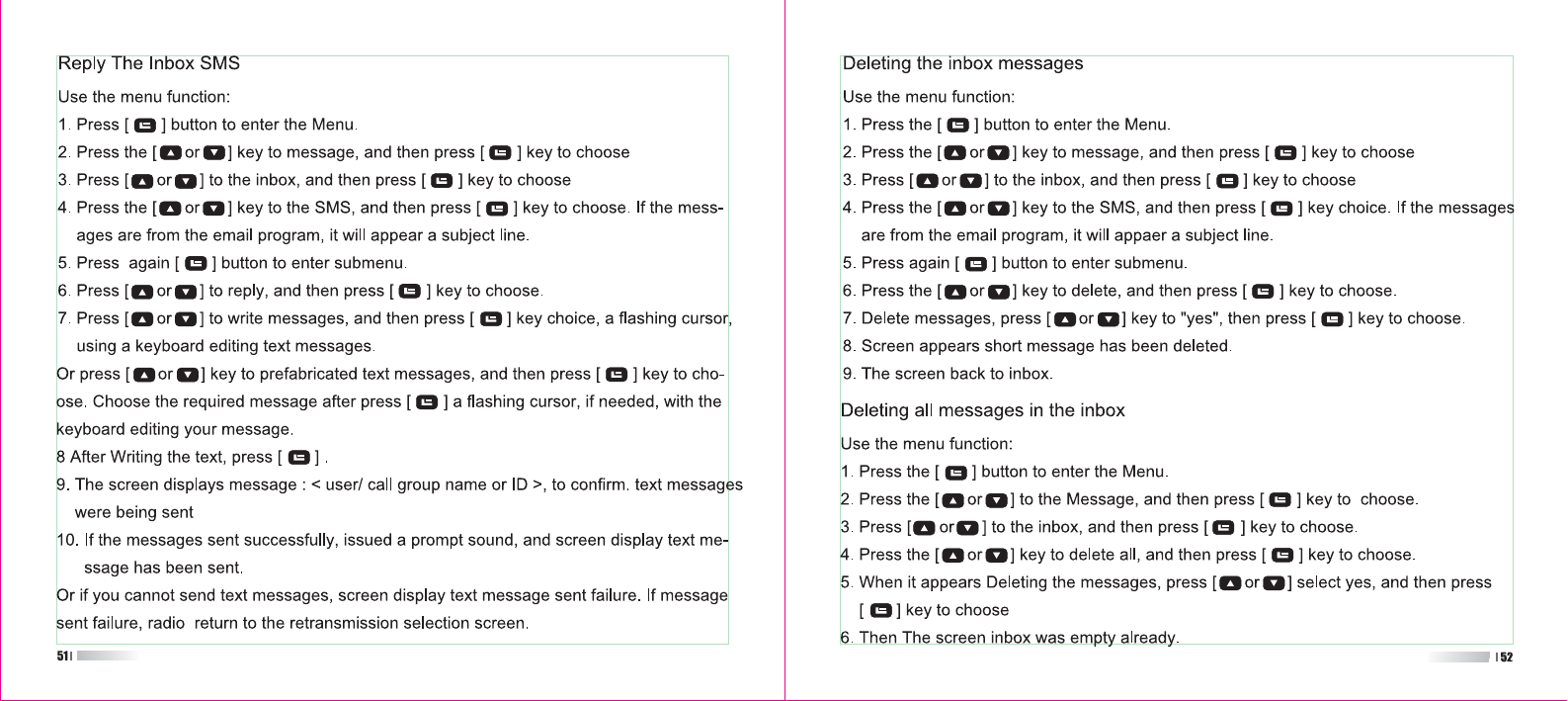
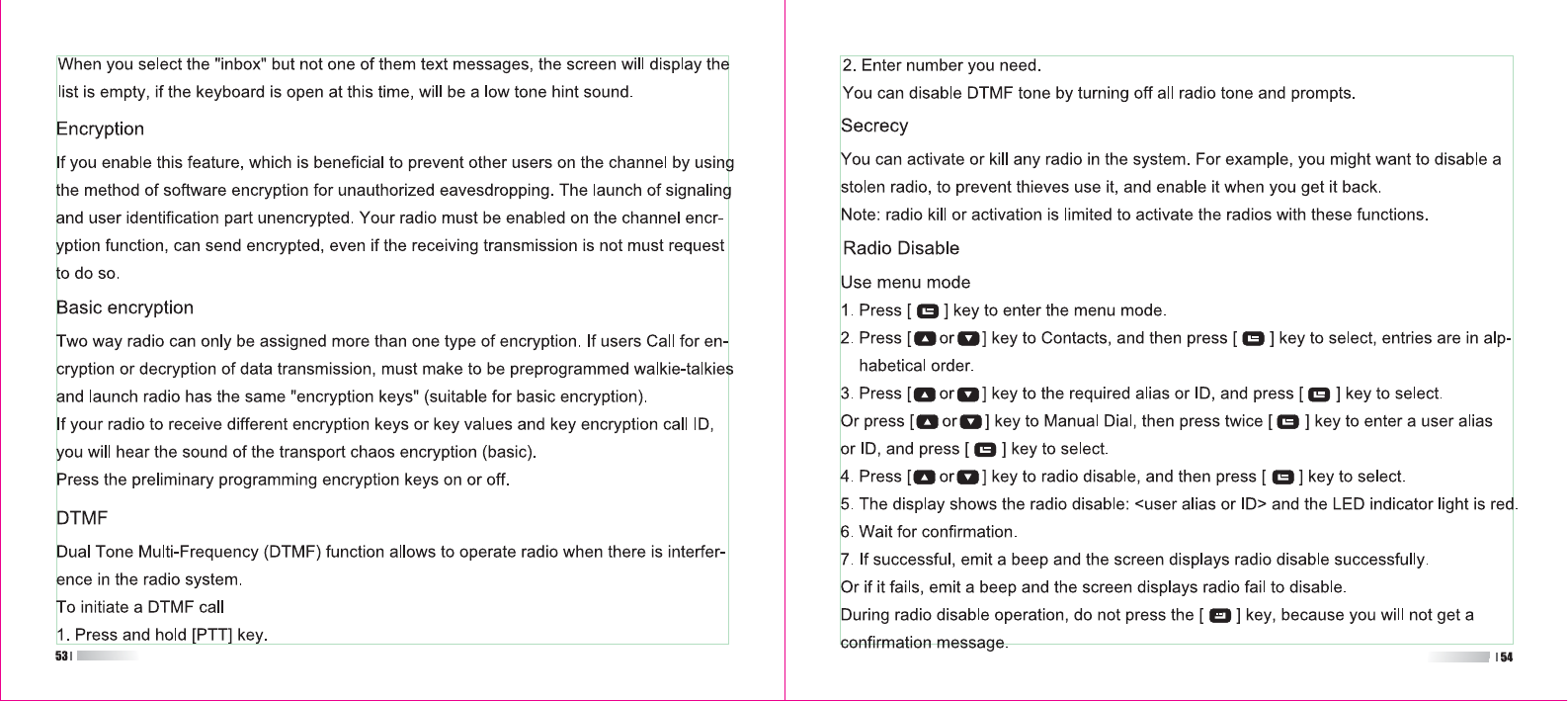
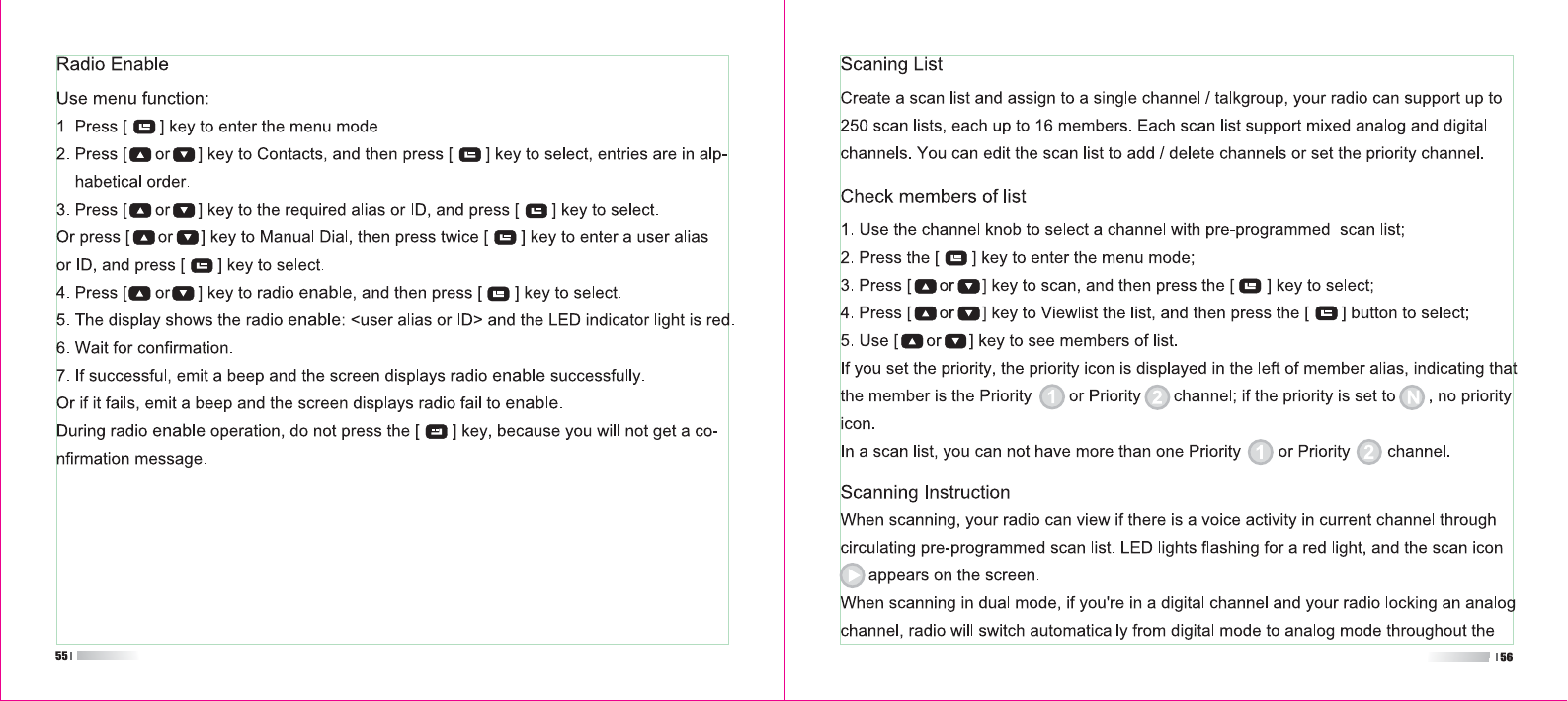
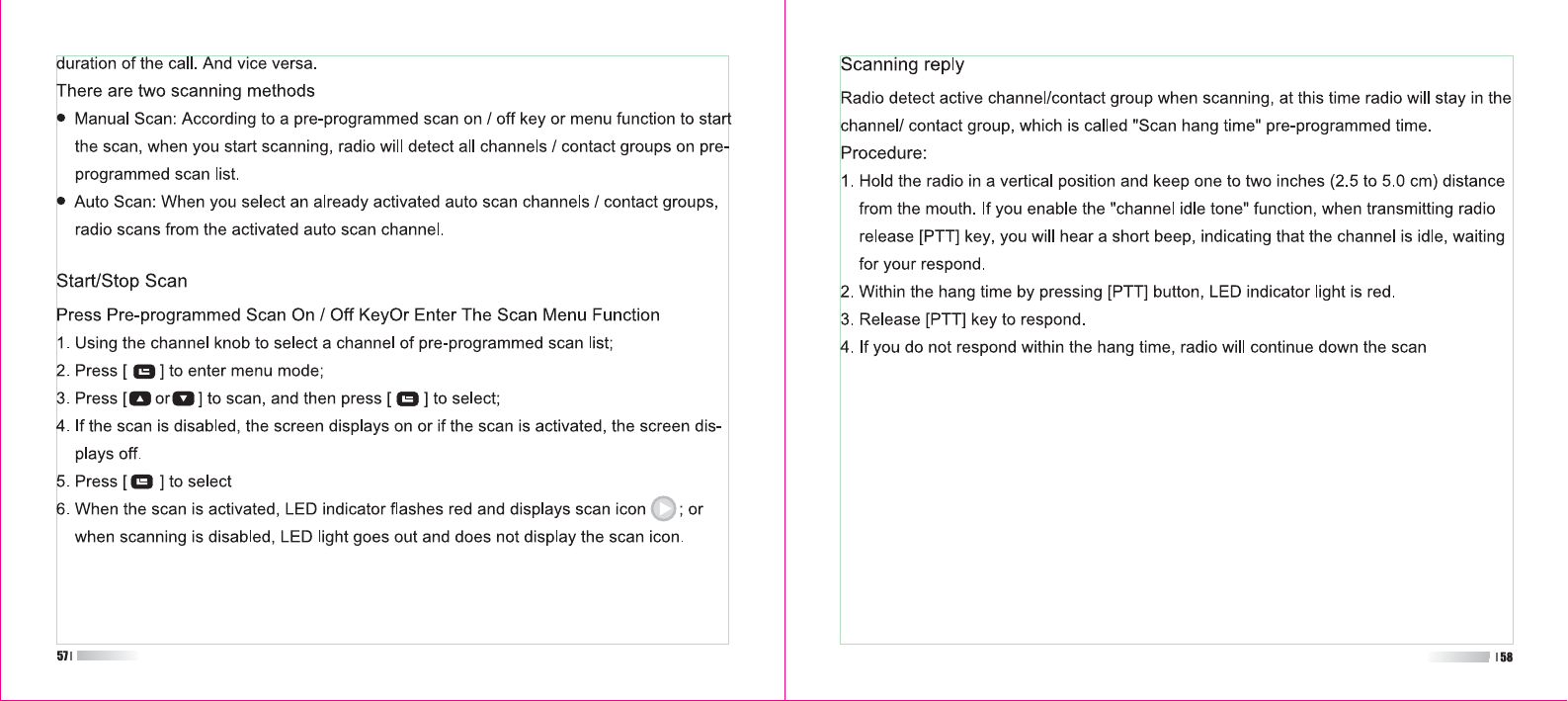
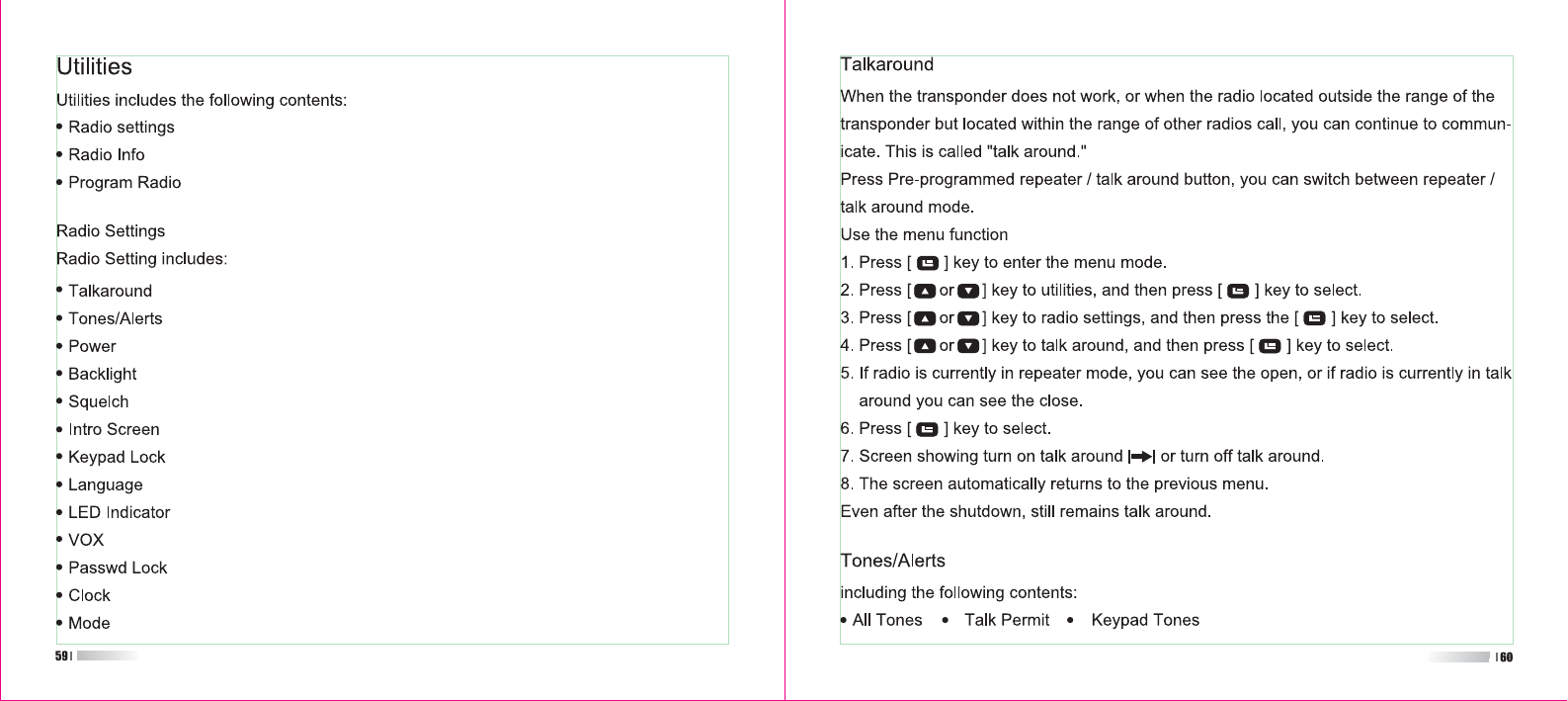
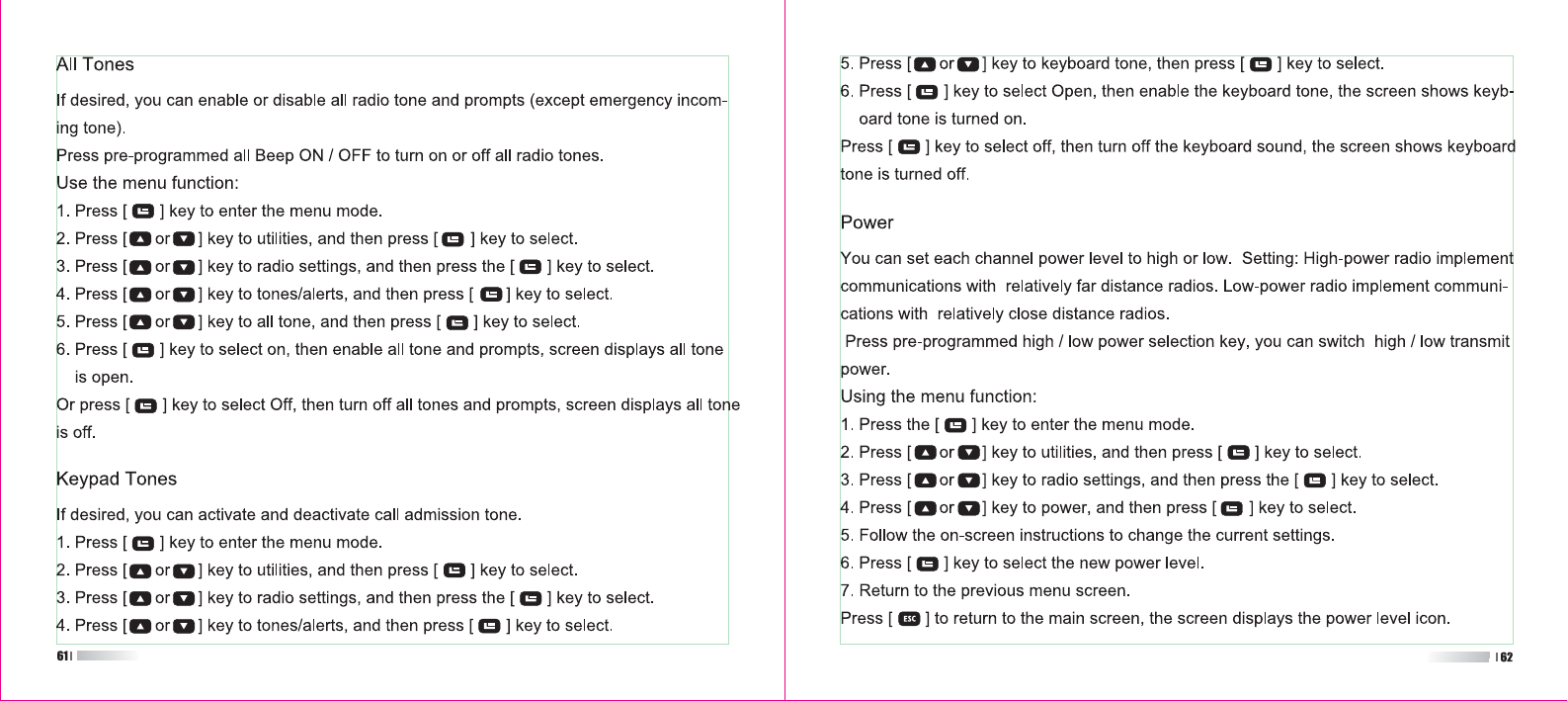
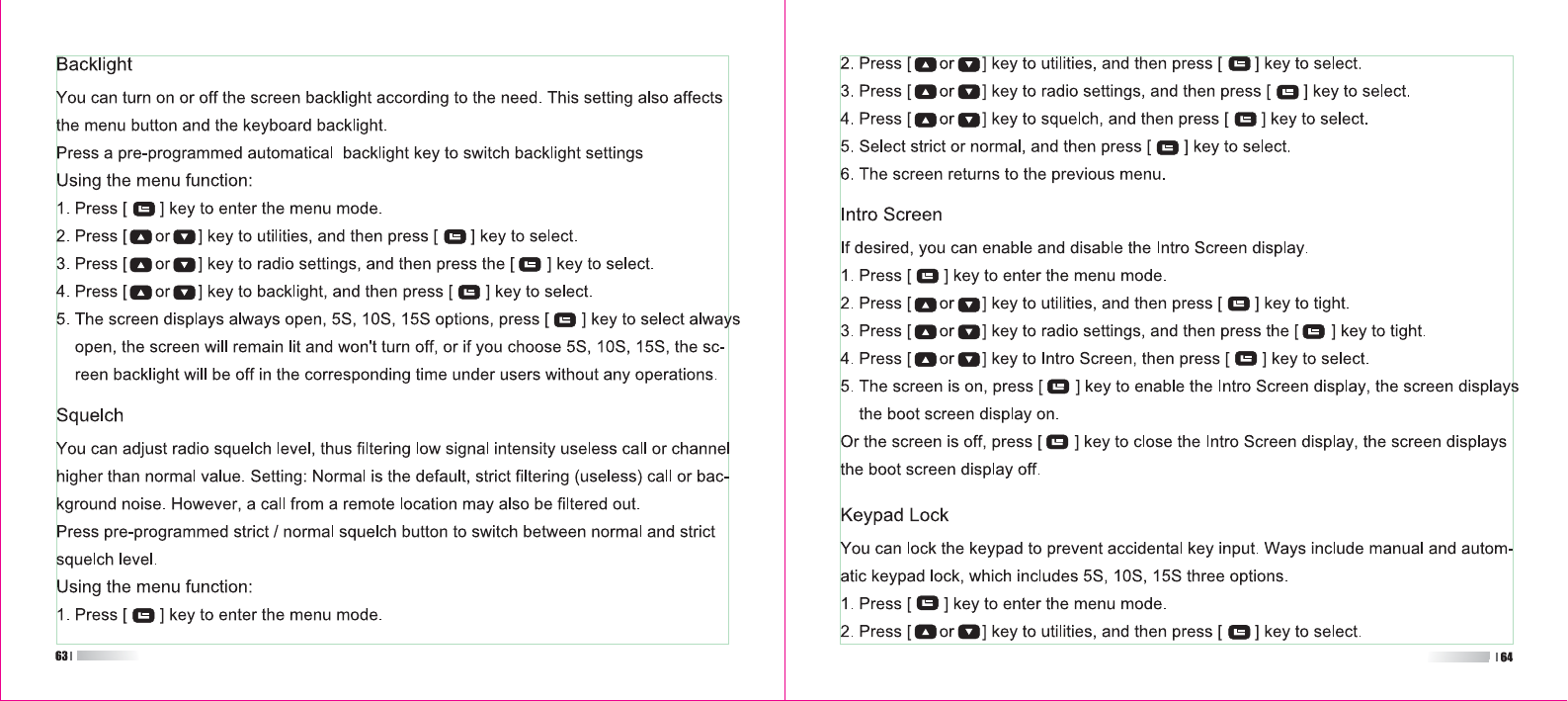
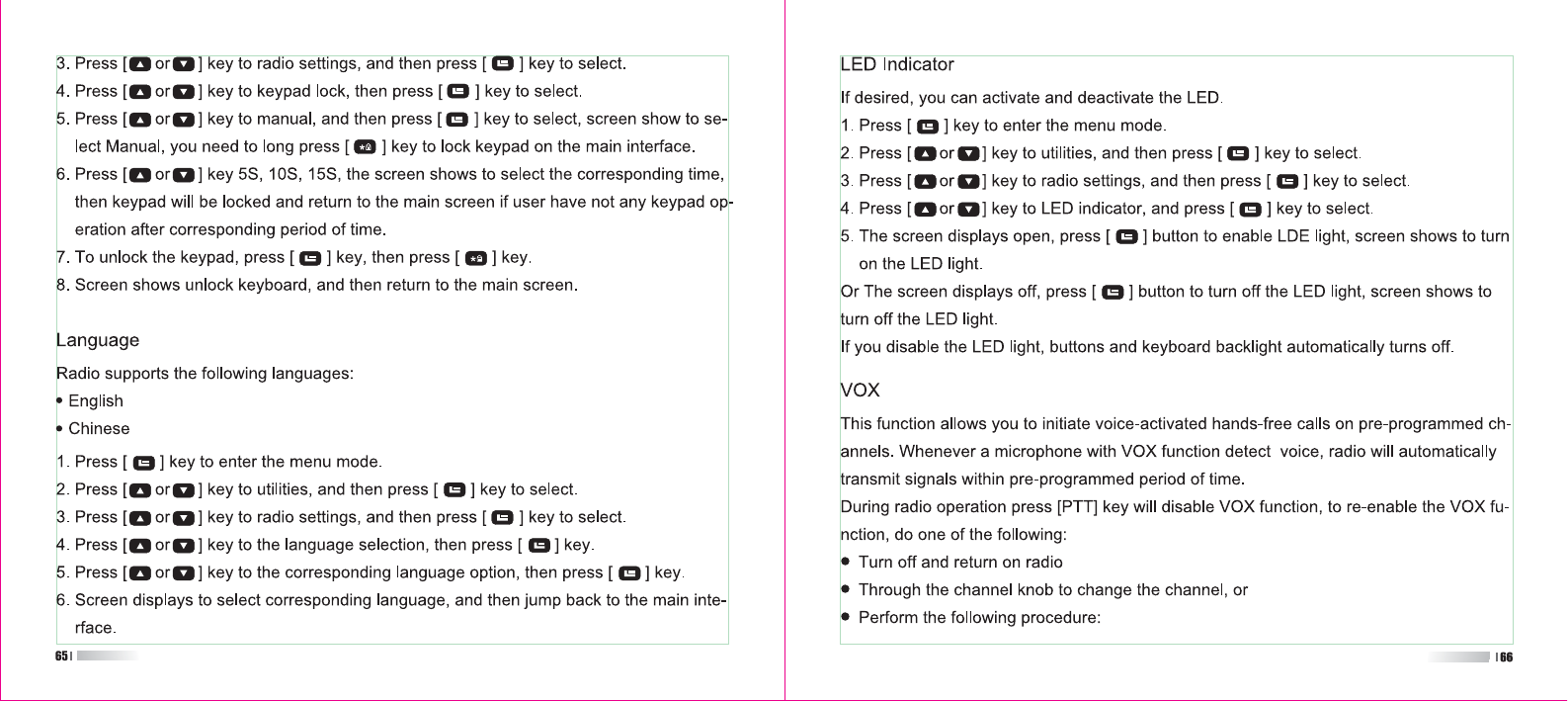
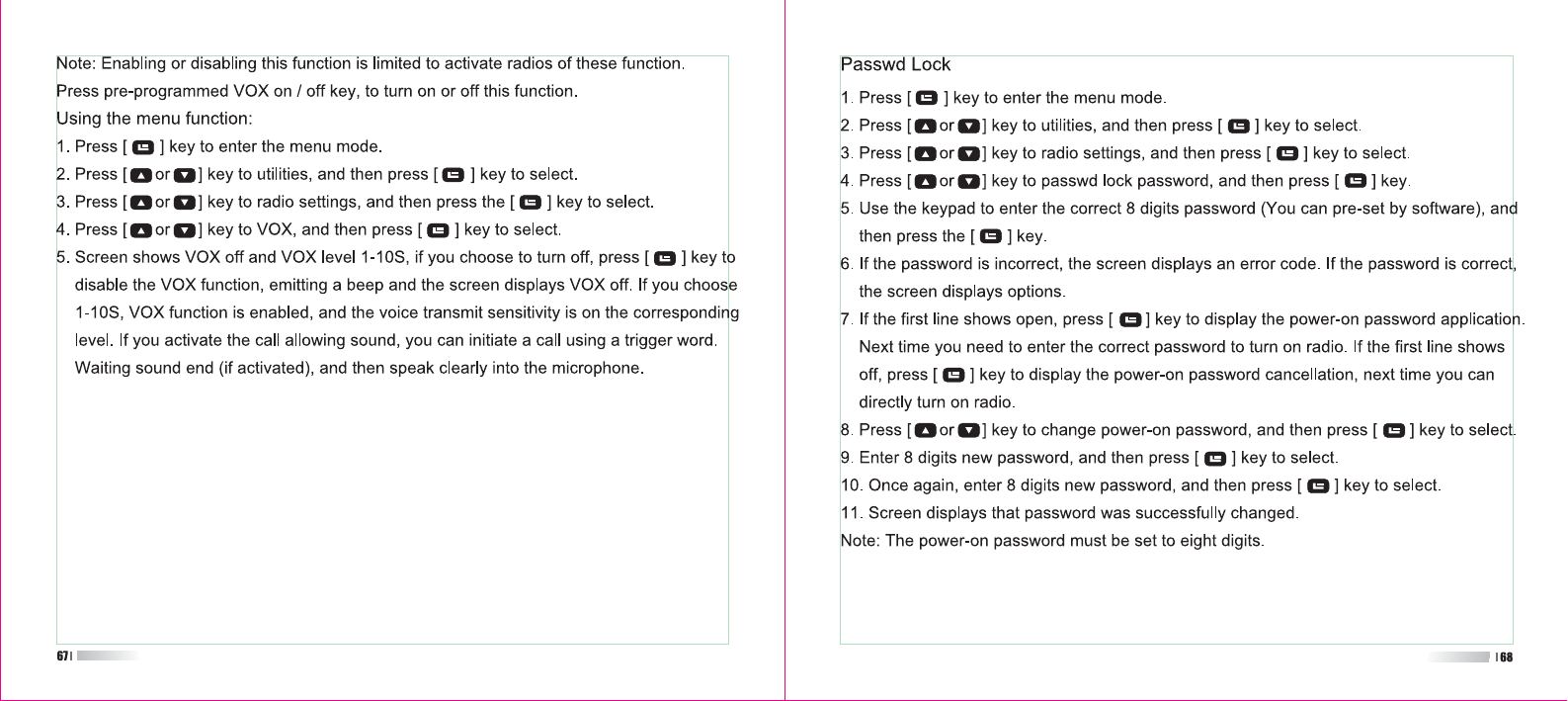
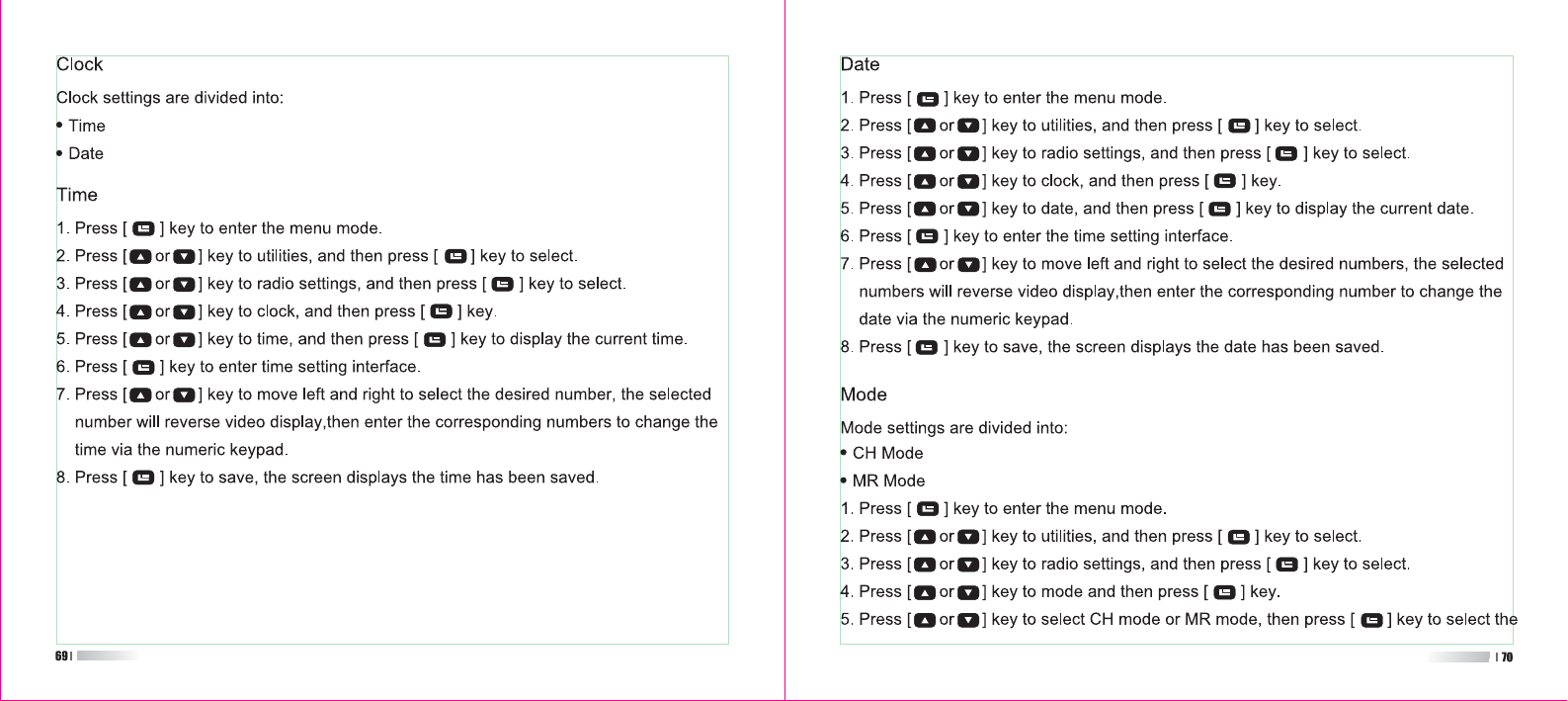
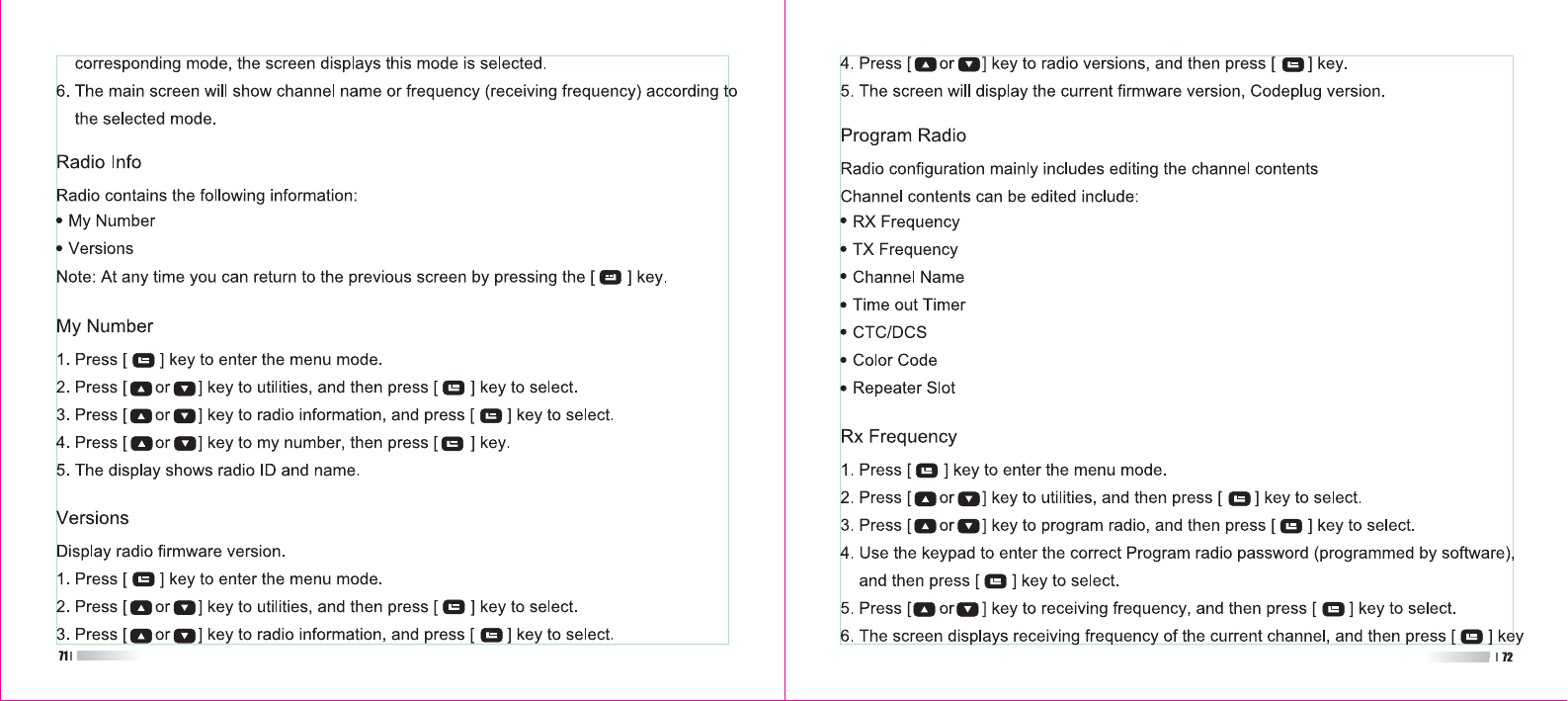
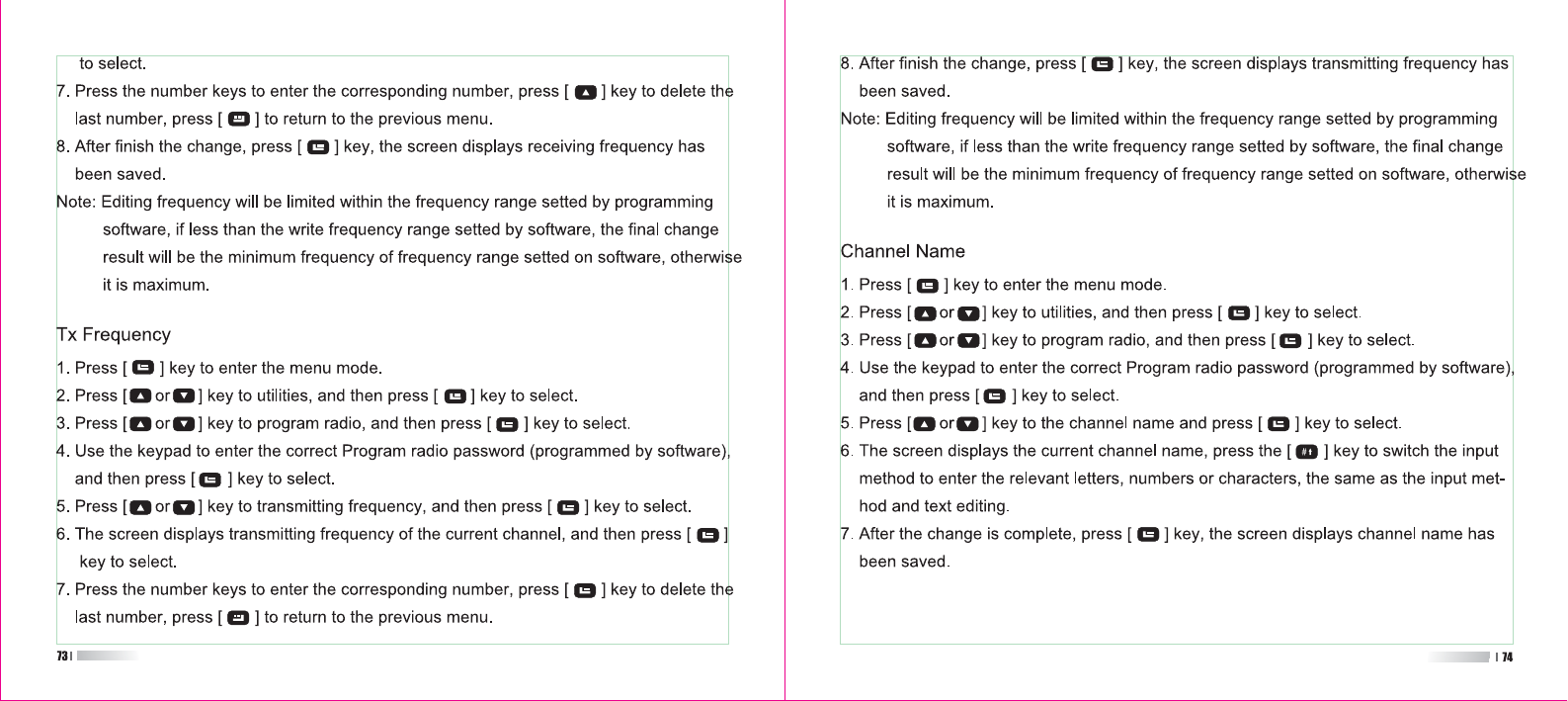
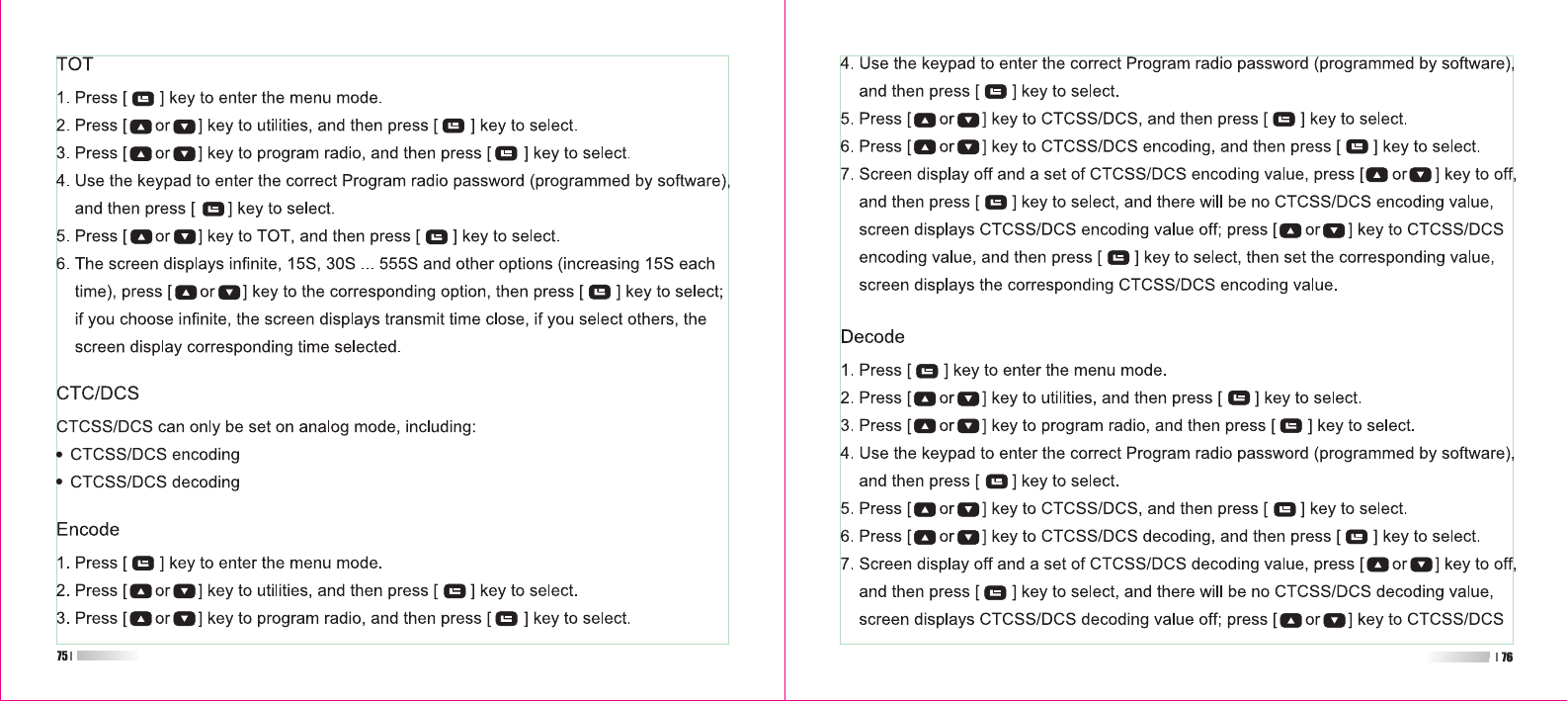
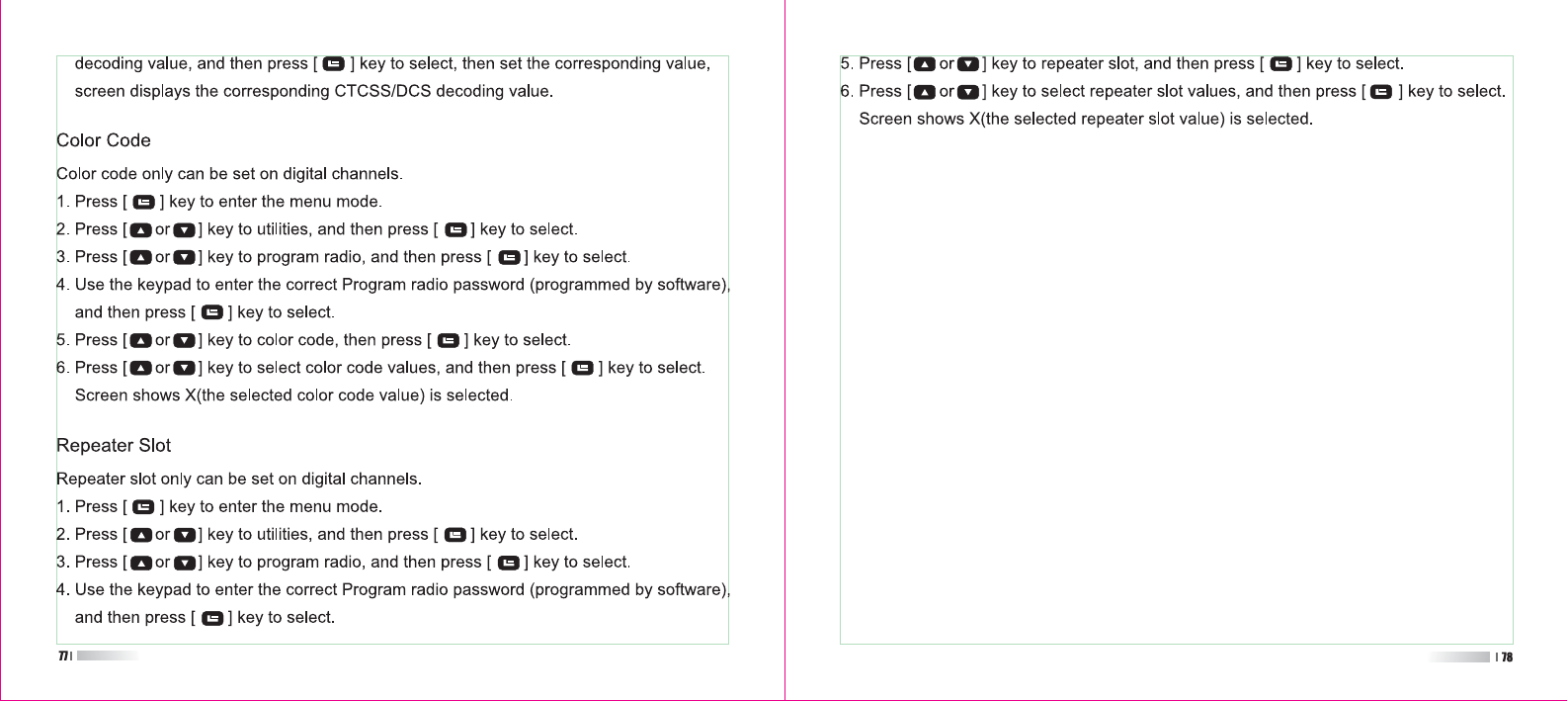
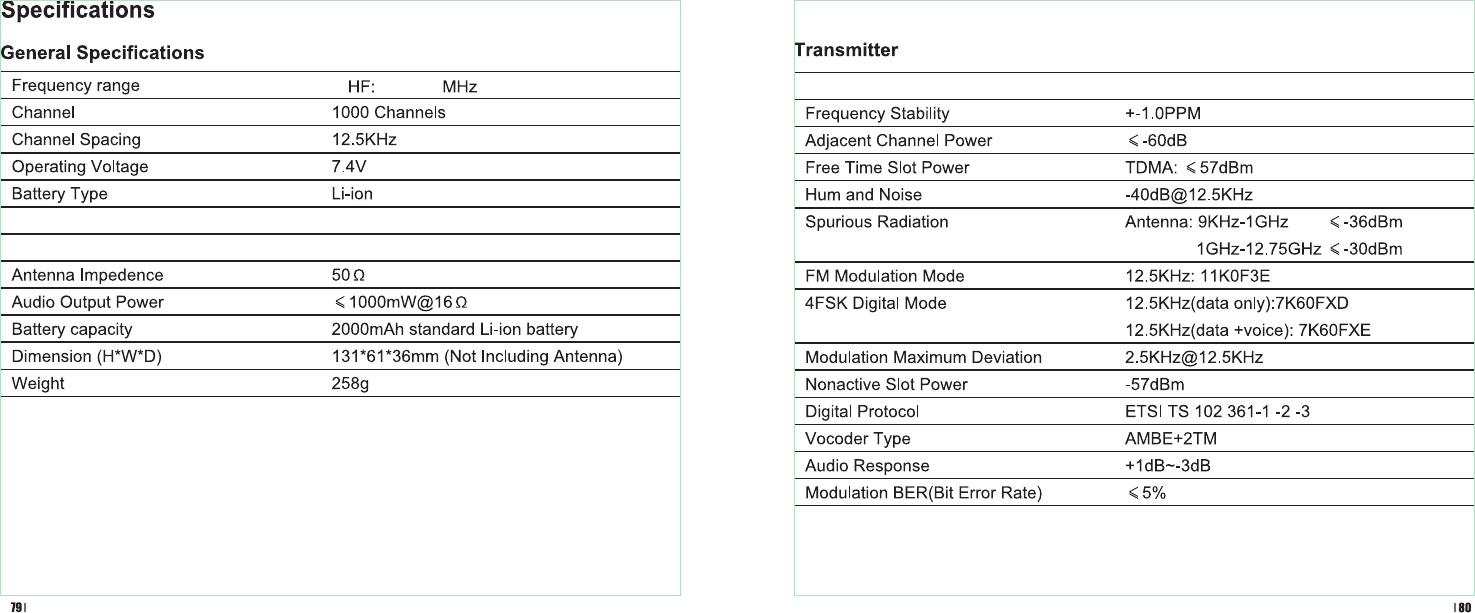
V136-174 Rated output power 1W /5W
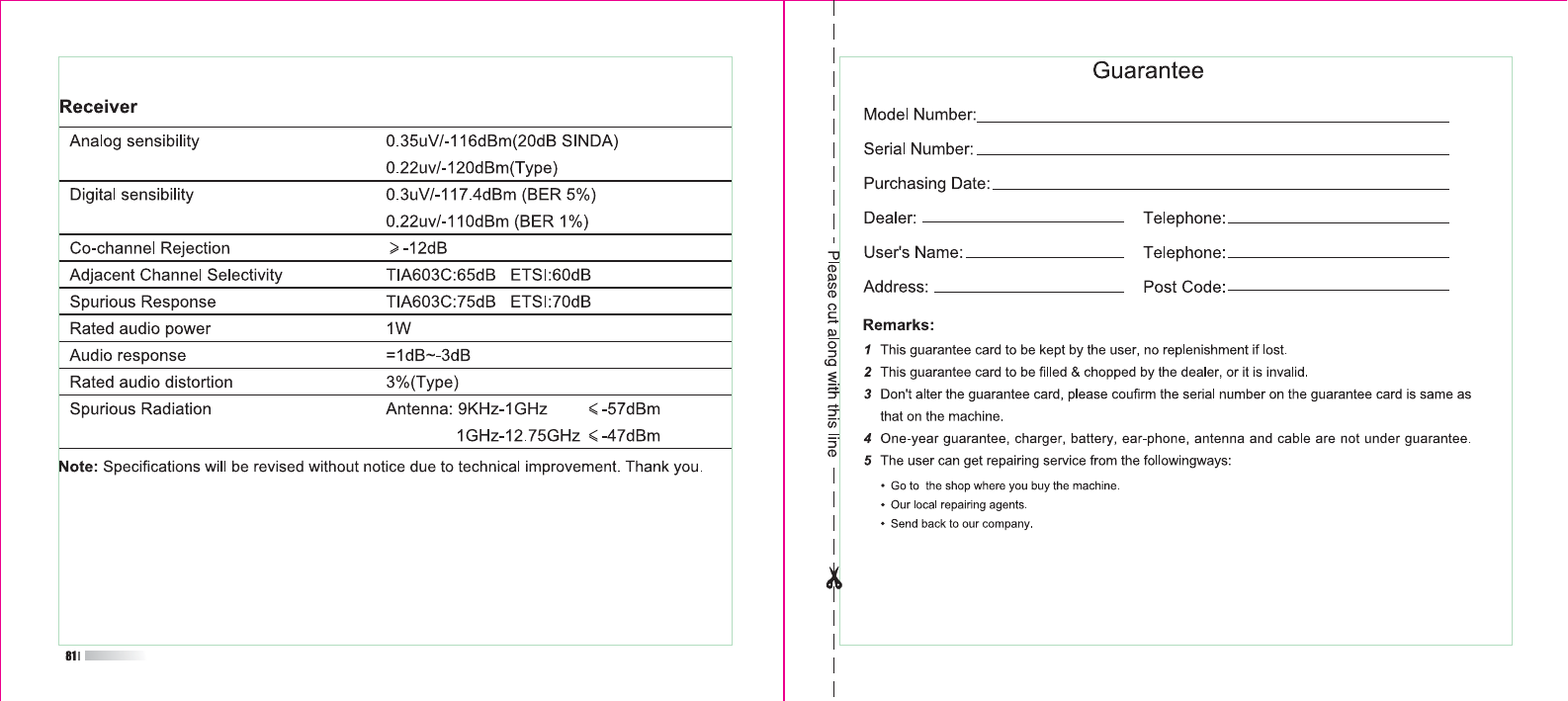
FCC Caution:
Any Changes or modifications not expressly approved by the party responsible for
compliance could void the user's authority to operate the equipment.
This device complies with part 15 of the FCC Rules. Operation is subject to the following
two conditions: (1) This device may not cause harmful interference, and (2) this device
must accept any interference received, including interference that may cause undesired
operation.
NOTICE: This radio is intended for use in occupational/controlled conditions,
where users have full knowledge of their exposure and can exercise control over
their exposure to meet FCC limits. This radio device is NOT authorized for
general population, consumer, or any other use.
This 2-way radio uses electromagnetic energy in the radio frequency (RF) spectrum to
provide communications between two or more users over a distance. It uses radio
frequency (RF) energy or radio waves to send and receive calls. RF energy is one form
of electromagnetic energy. Other forms include, but are not limited to, electric power,
sunlight and x-rays. RF energy, however, should not be confused with these other forms
of electromagnetic energy, which when used improperly can cause biological damage.
Very high levels of x-rays, for example, can damage tissues and genetic material.
2-way radio complies with the following RF energy
exposure standards and guidelines:
• United States Federal Communications Commission, Code of Federal Regulations; 47 CFR
§§ 1.1307, 1.1310, 2.1091 and 2.1093
• American National Standards Institute (ANSI) / Institute of Electrical and Electronic Engineers
(IEEE) C95. 1-1992
• Institute of Electrical and Electronic Engineers (IEEE) C95.1-1999 Edition
TYT ELECTRONICS CO.,LTD
To control your exposure and ensure compliance with the occupational/controlled
environment exposure limits always adhere to the following procedures.
Guidelines:
• Do not remove the RF Exposure Label from the device.
• User awareness instructions should accompany device when transferred to other
users.
• Do not use this device if the operational requirements described herein are not
met.
Operating Instructions:
• Transmit no more than the rated duty factor of ___% of the time. To transmit
(talk), push the Push-To-Talk (PTT) button. To receive calls, release the PTT
button. Transmitting __% of the time, or less, is important because this radio
generates measurable RF energy exposure only when transmitting (in terms of
measuring for standards compliance).
• Hold the radio in a vertical position in front of face with the microphone (and the
other parts of the radio, including the antenna) at least one inch (2.5 cm) away
from the nose. Keeping the radio at the proper distance is important because RF
exposures decrease with distance from the antenna. Antenna should be kept
away from eyes.
• When worn on the body, always place the radio in a
approved clip, holder, holster, case, or body harness for this product. Using
approved body-worn accessories is important because the use of
or other manufacturers non-approved accessories
may result in exposure levels, which exceed the FCC’s occupational/controlled
environment RF exposure limits.
• If you are not using a body-worn accessory and are not using the radio in the
intended use position in front of the face, then ensure the antenna and the radio
are kept at least 2.5 cm (one inch) from the body when transmitting. Keeping the
radio at the proper distance is important because RF exposures decrease with
increasing distance from the antenna.
• Use only approved supplied or replacement antennas,
batteries, and accessories. Use of non-manufacturer-name approved antennas,
batteries, and accessories may exceed the FCC RF exposure guidelines.
50
50
TYT ELECTRONICS CO.,LTD
TYT ELECTRONICS CO.,LTD
TYT ELECTRONICS CO.,LTD